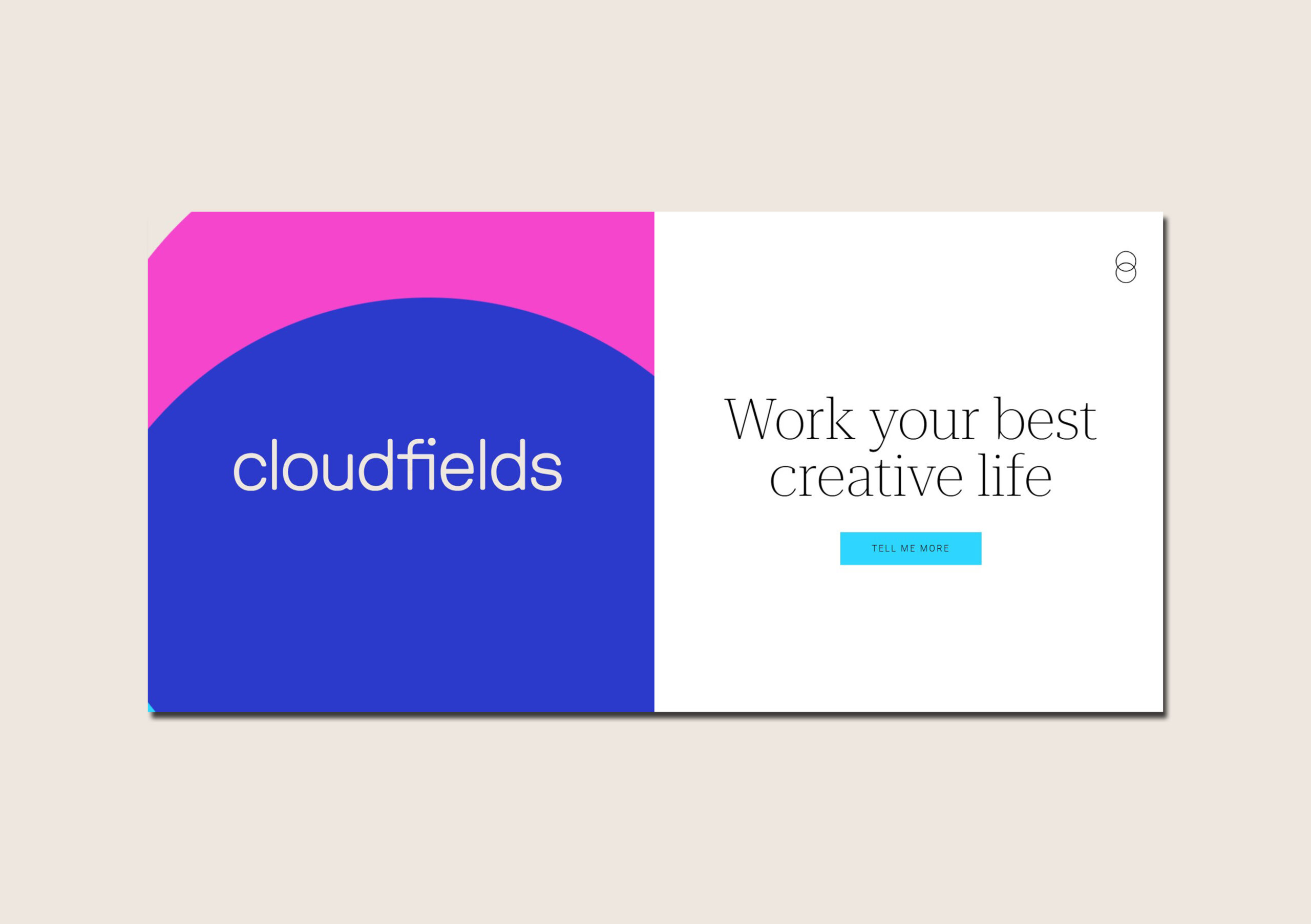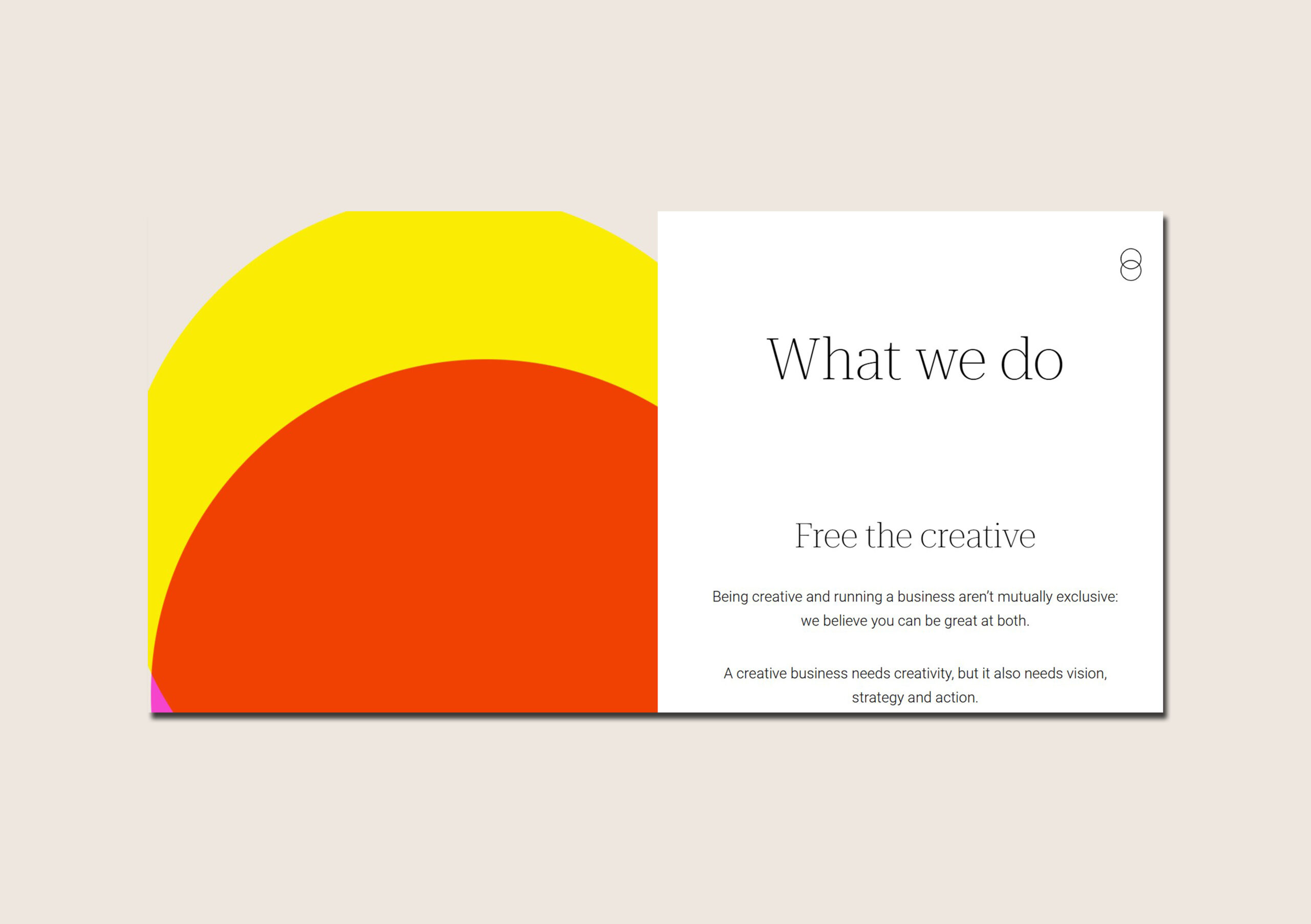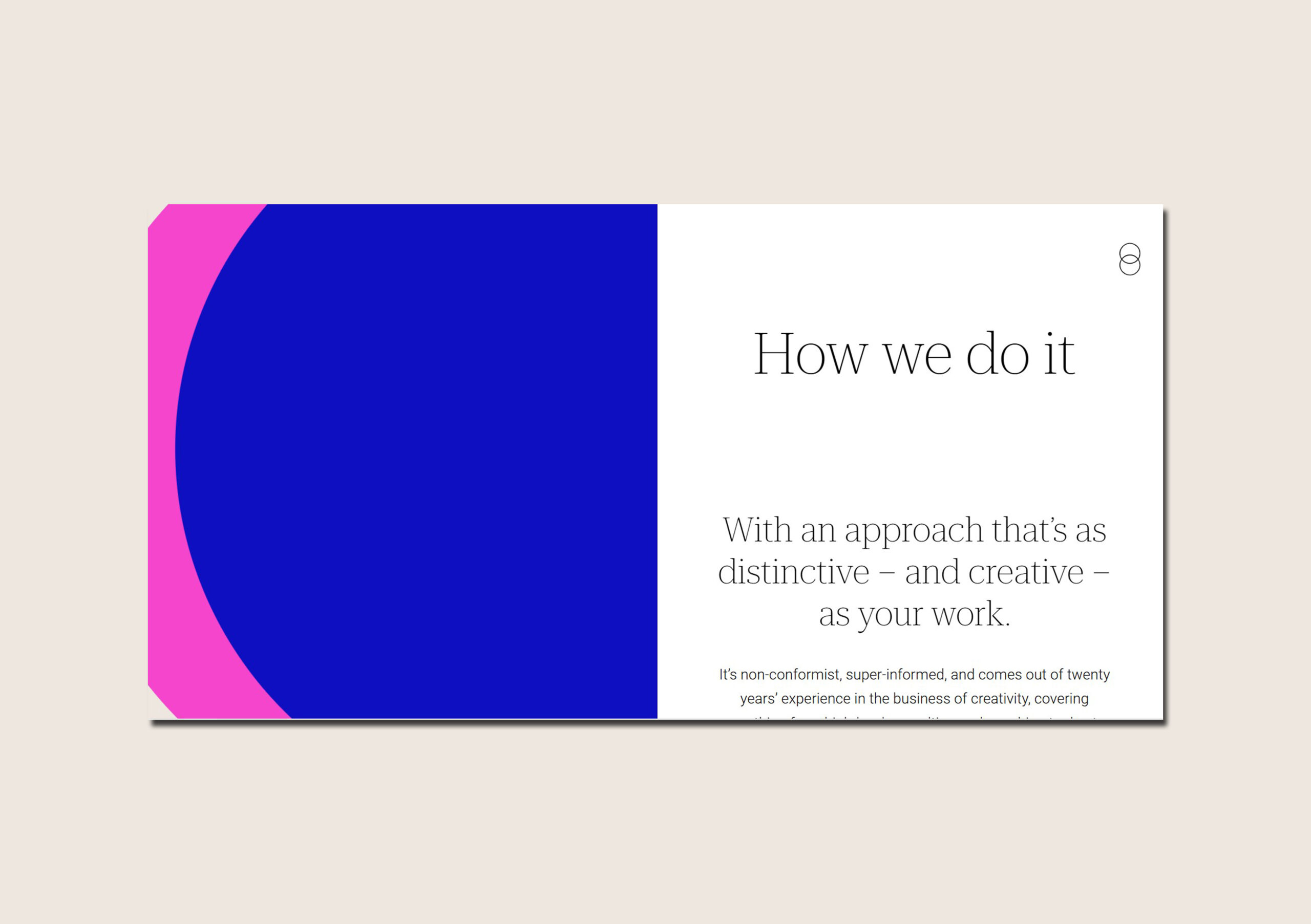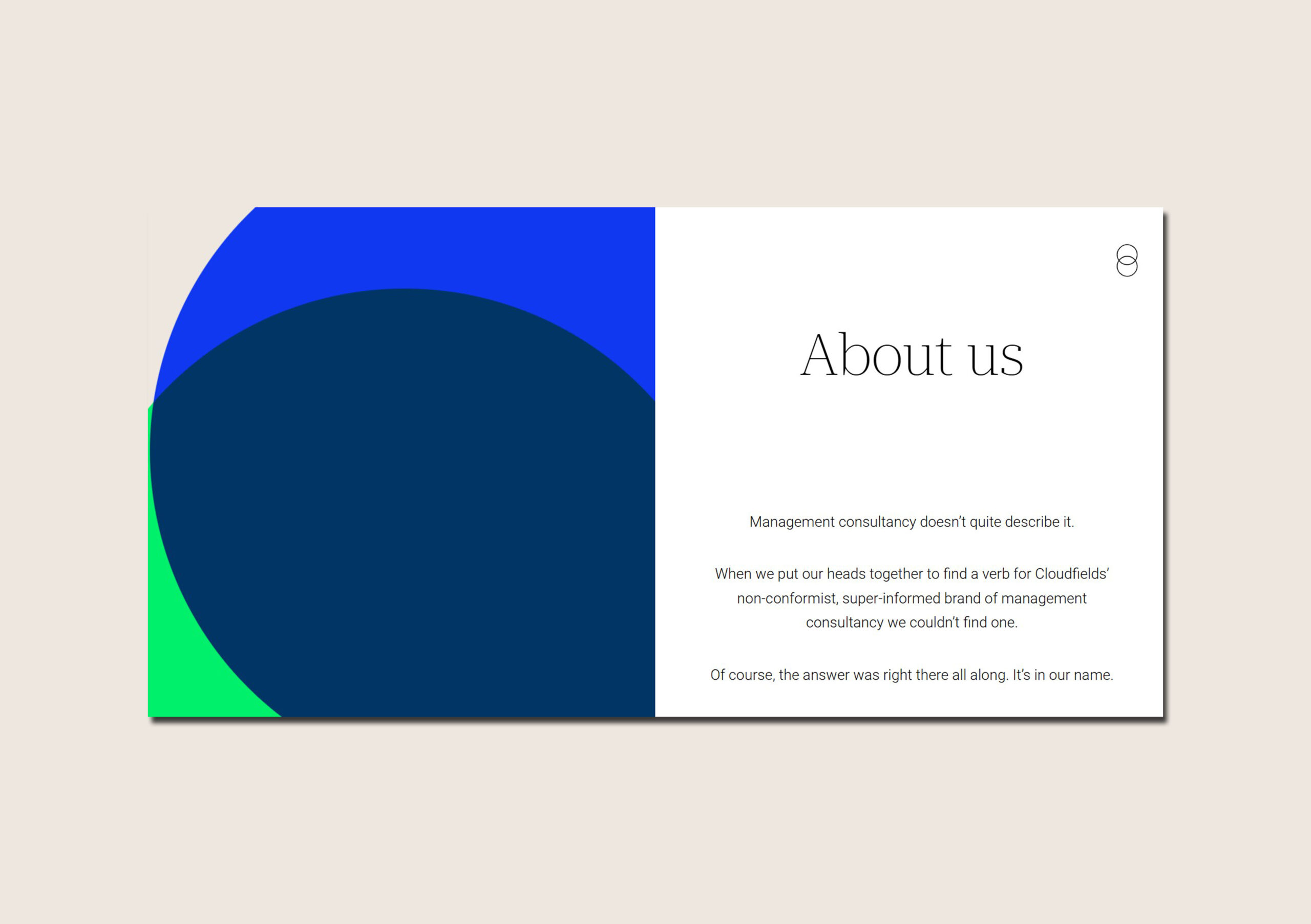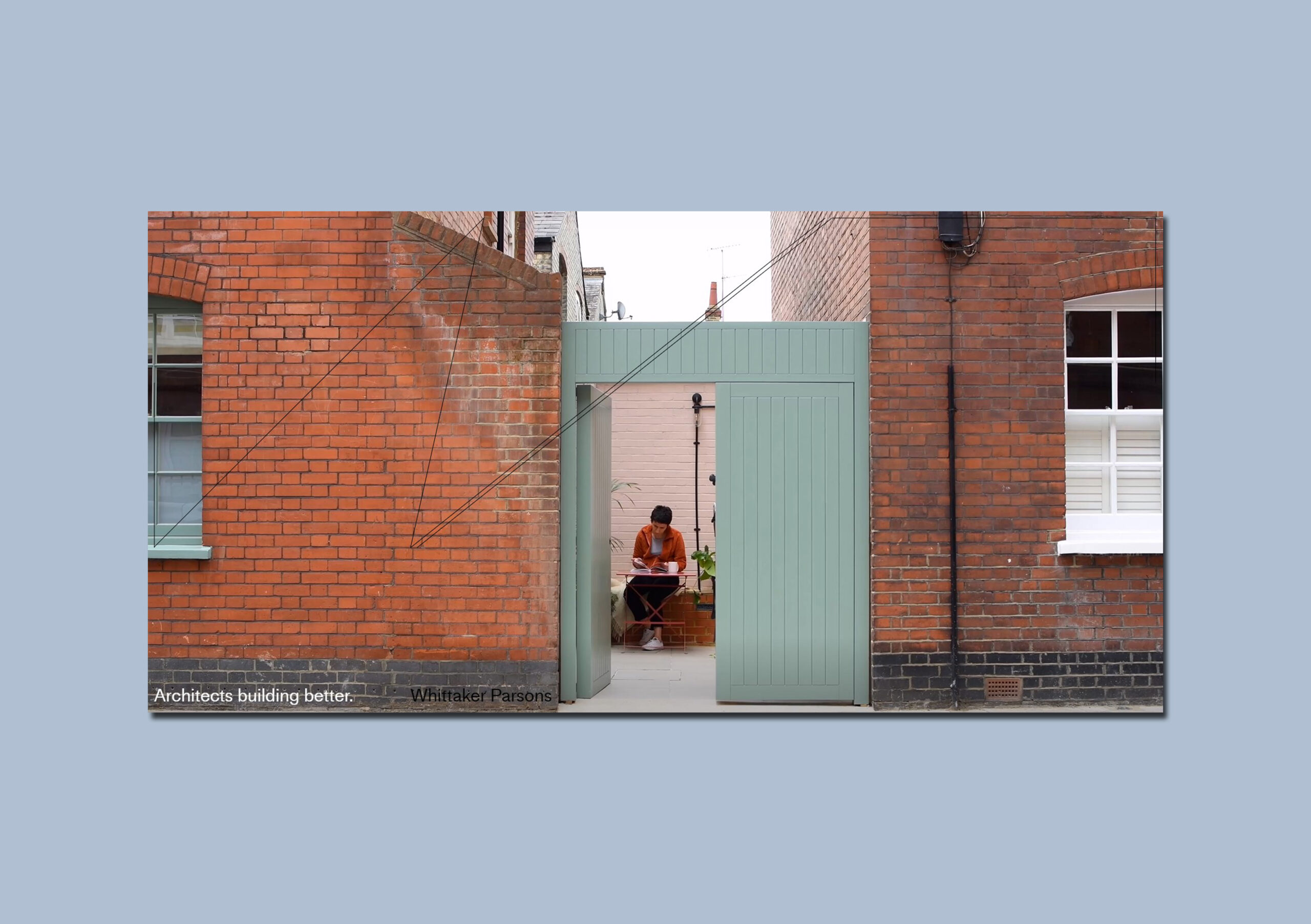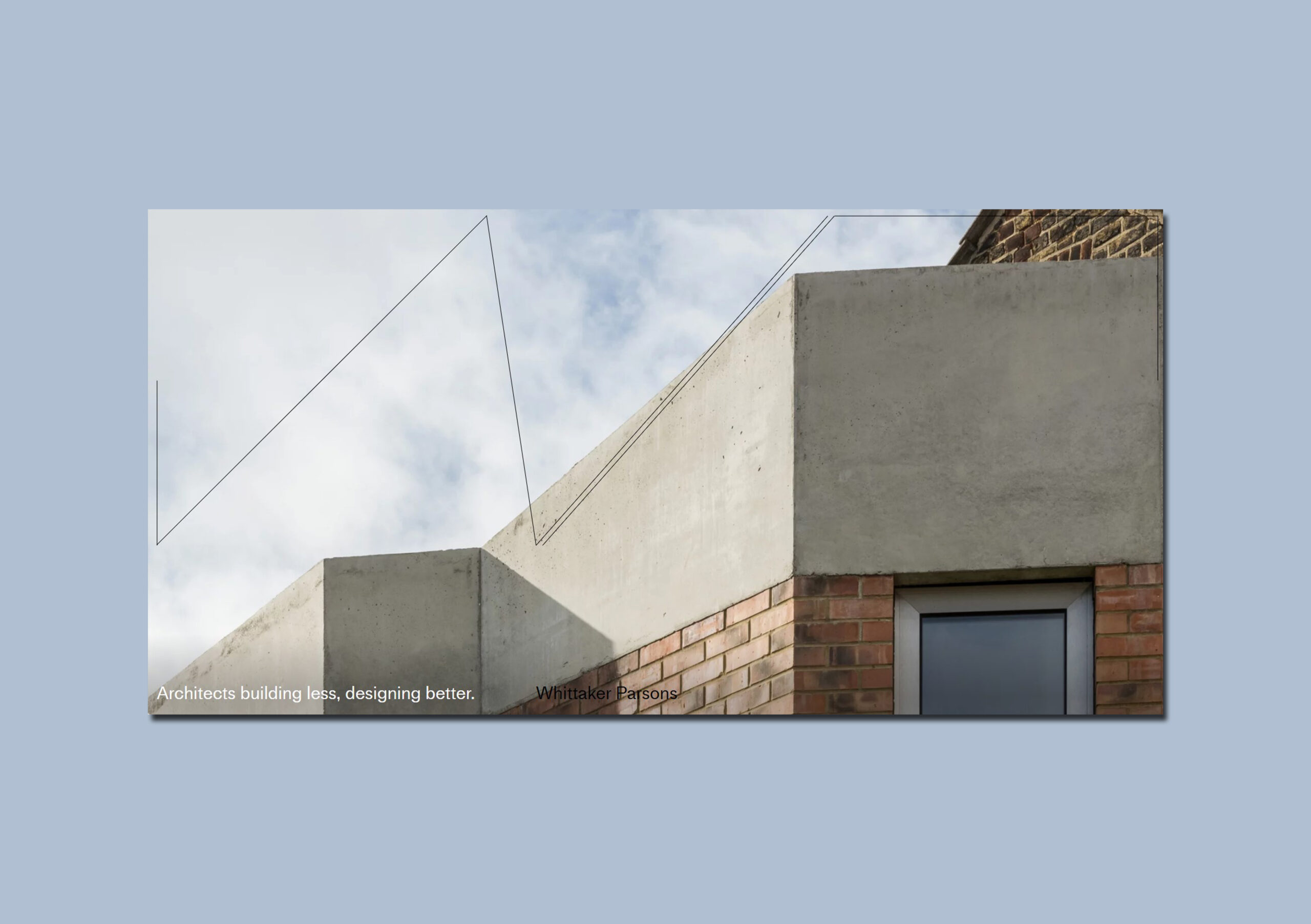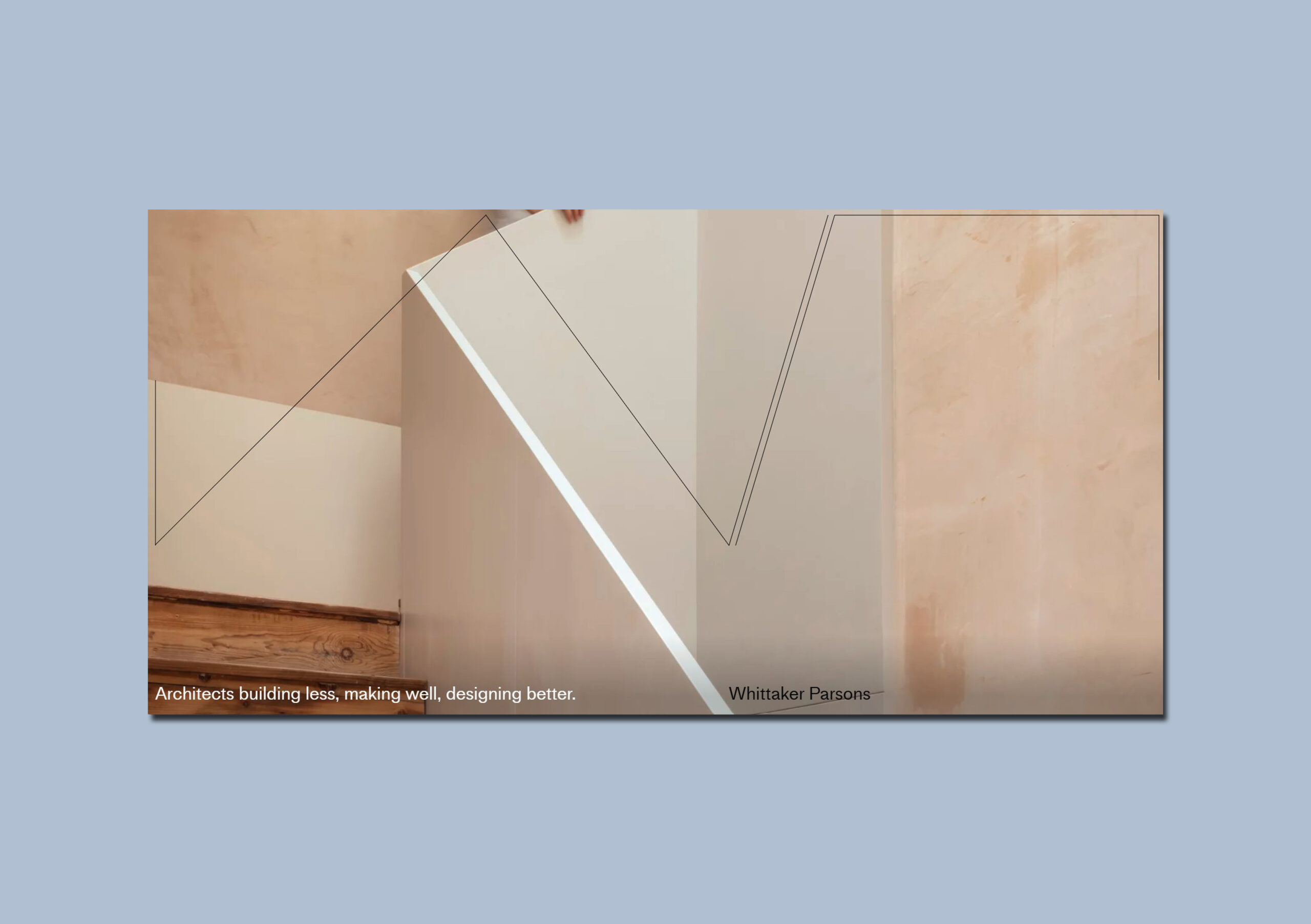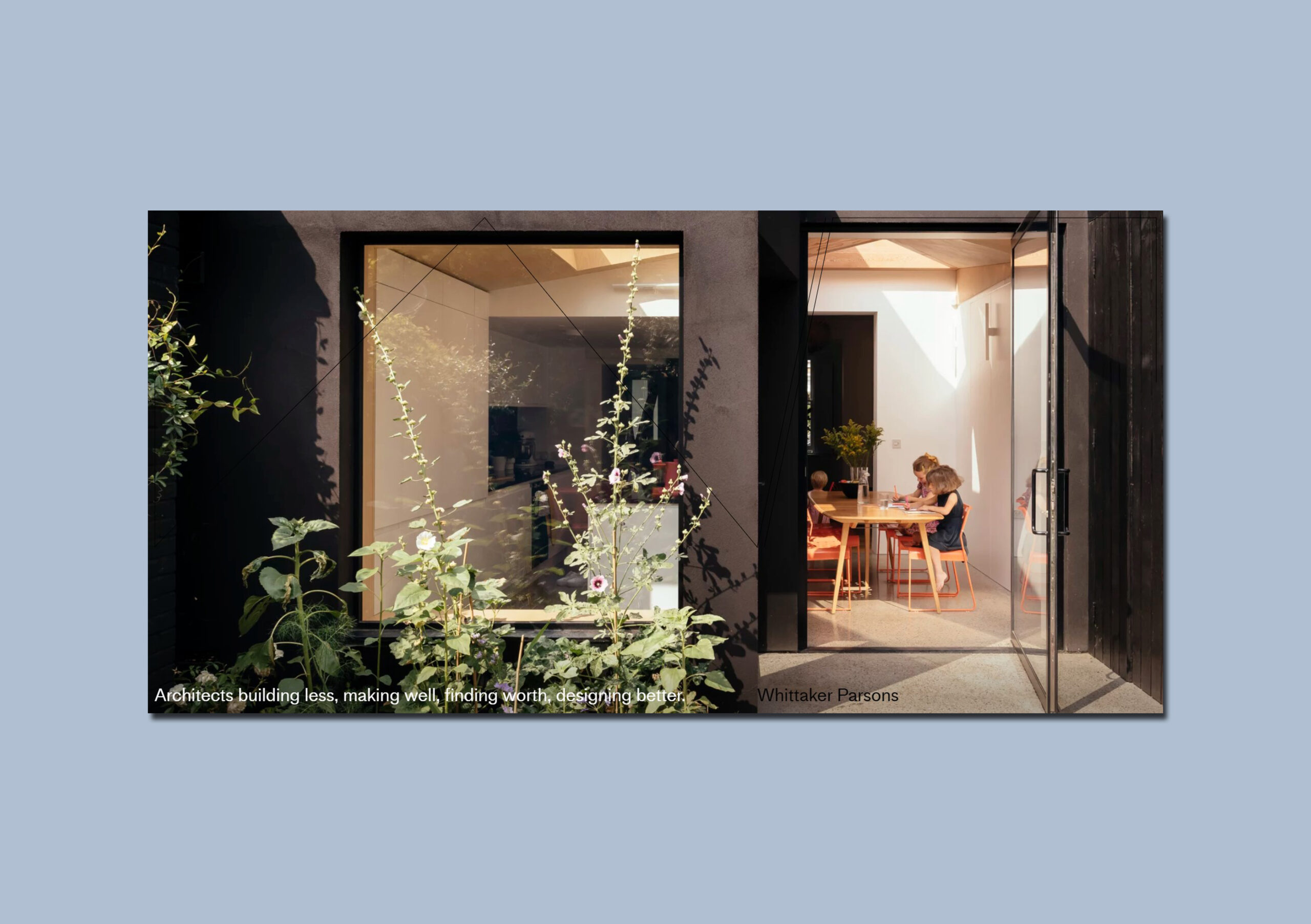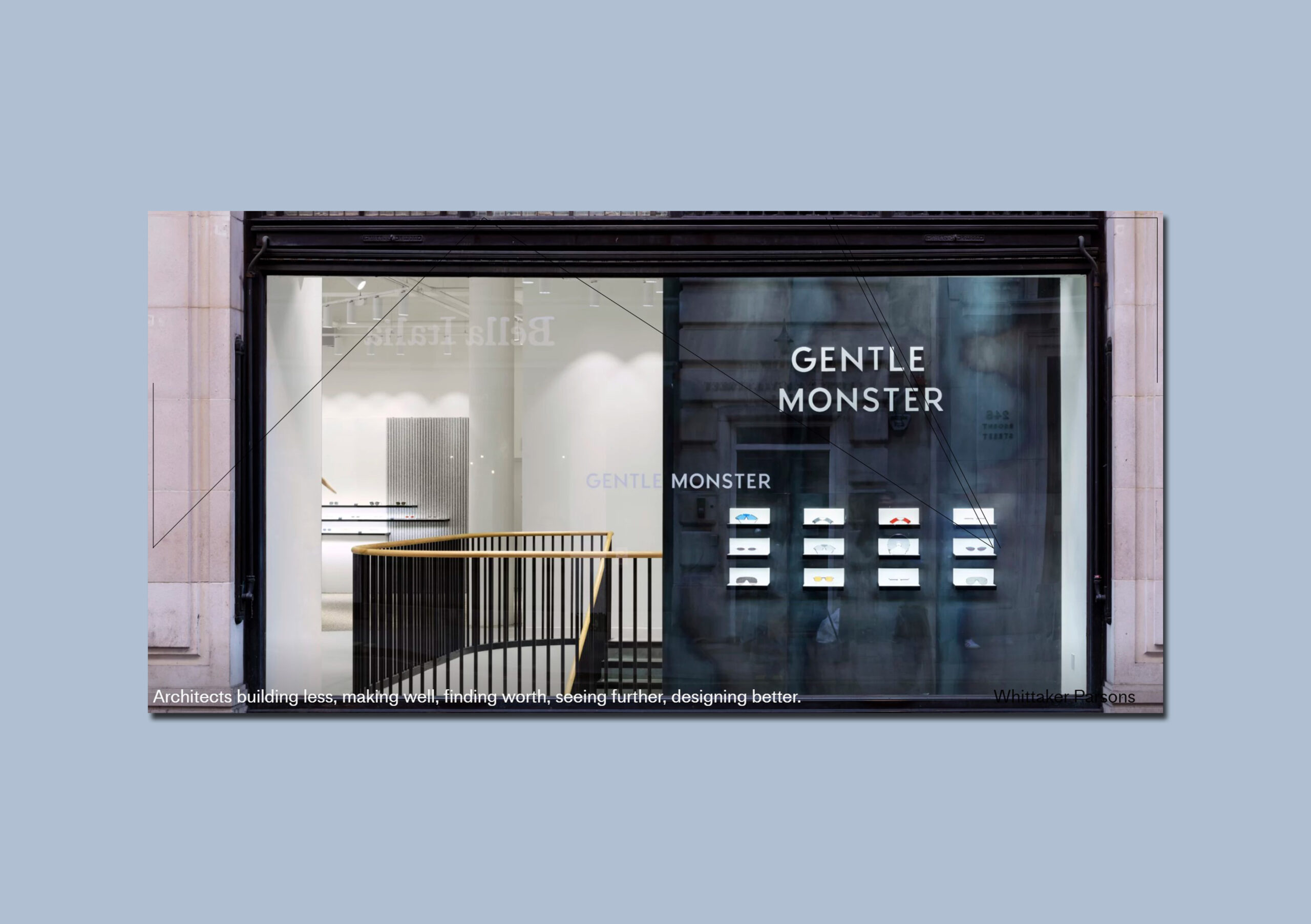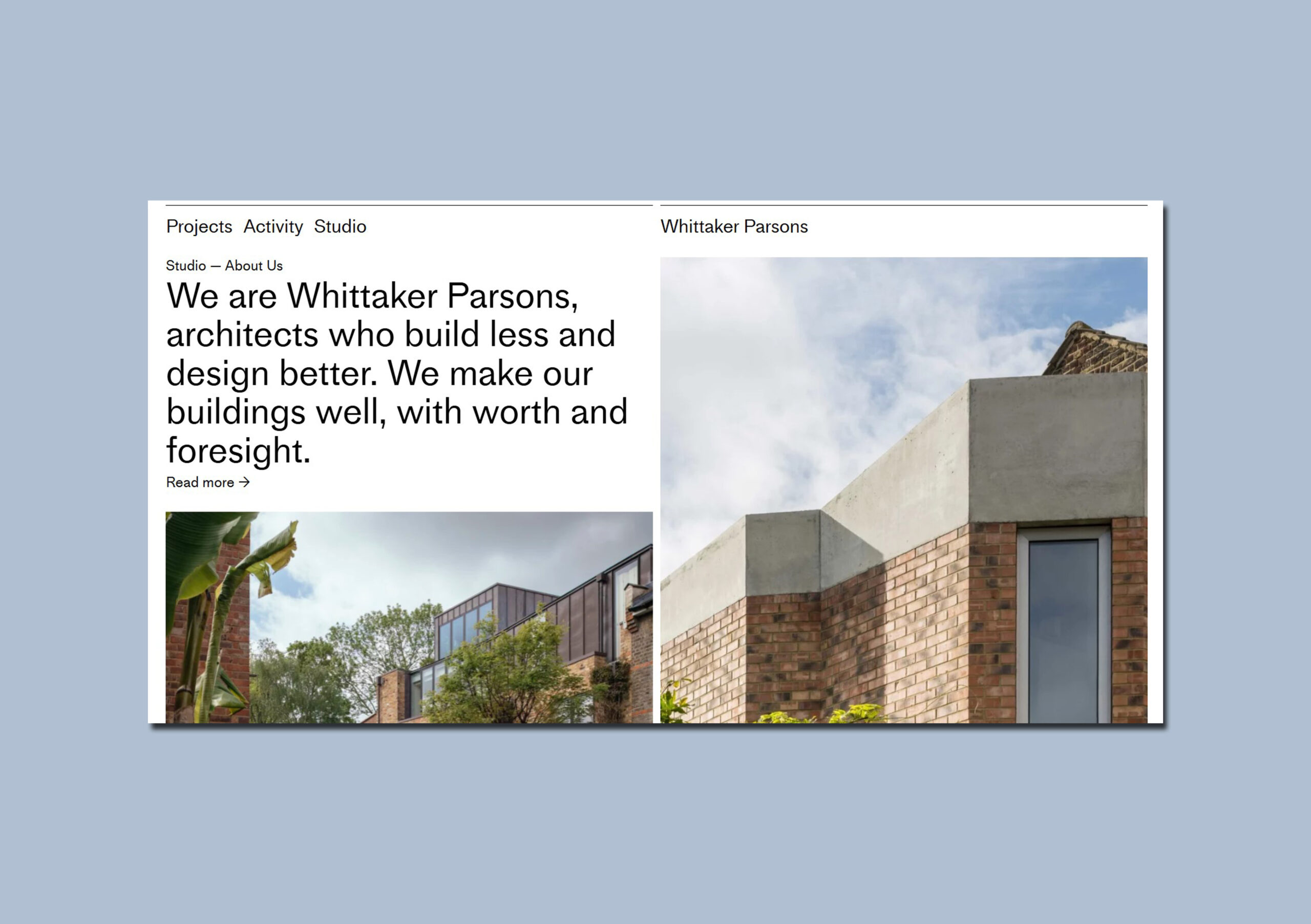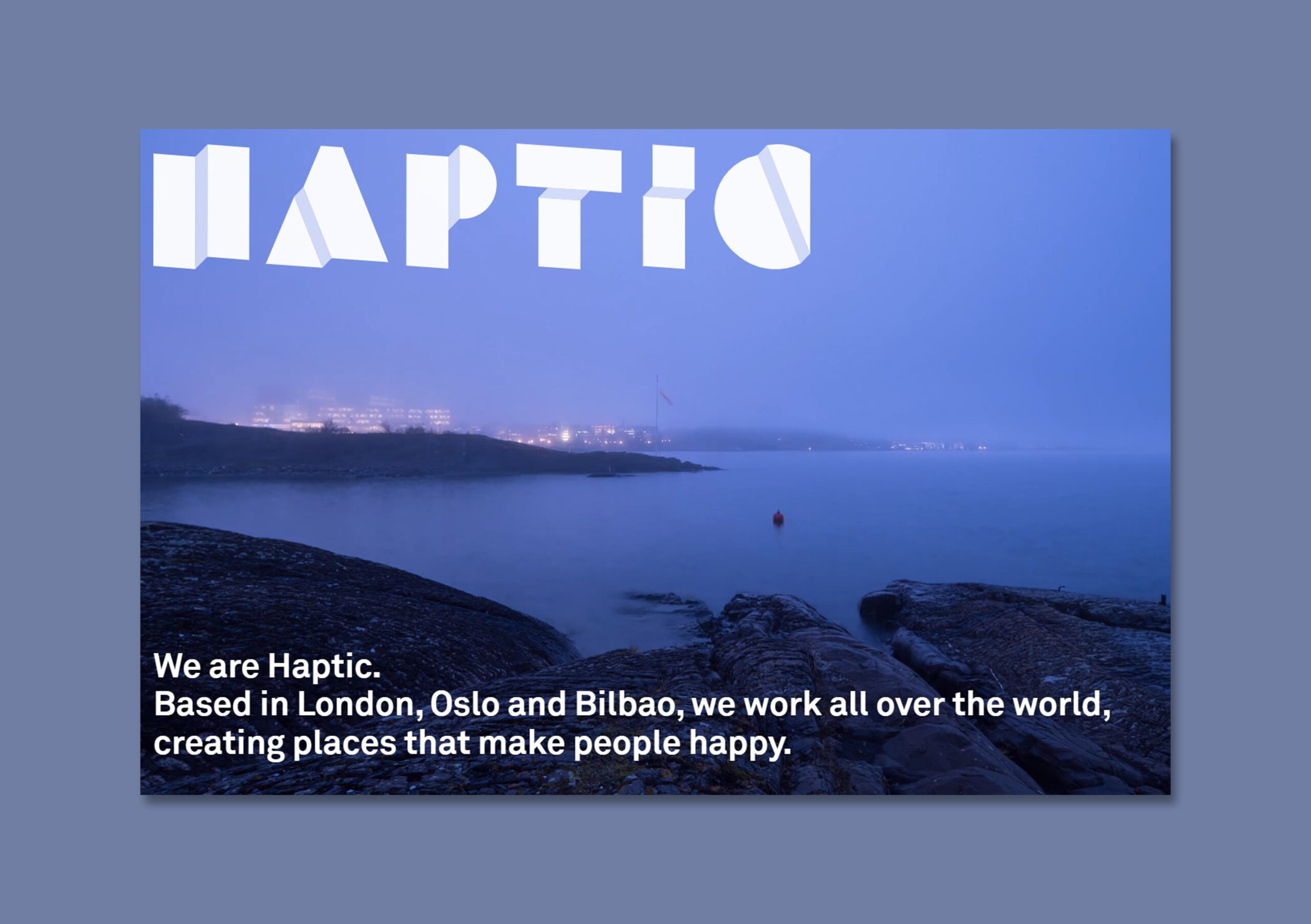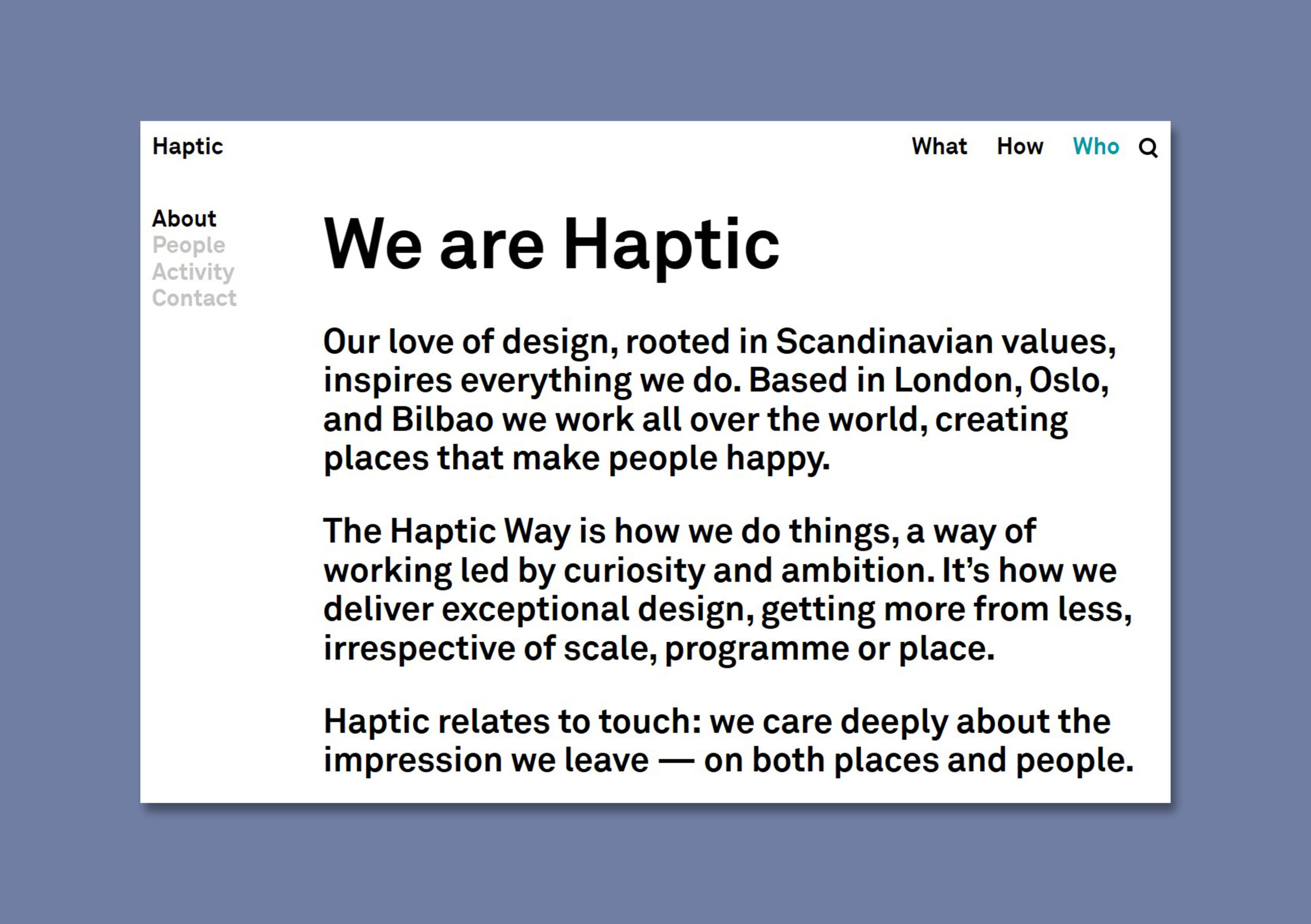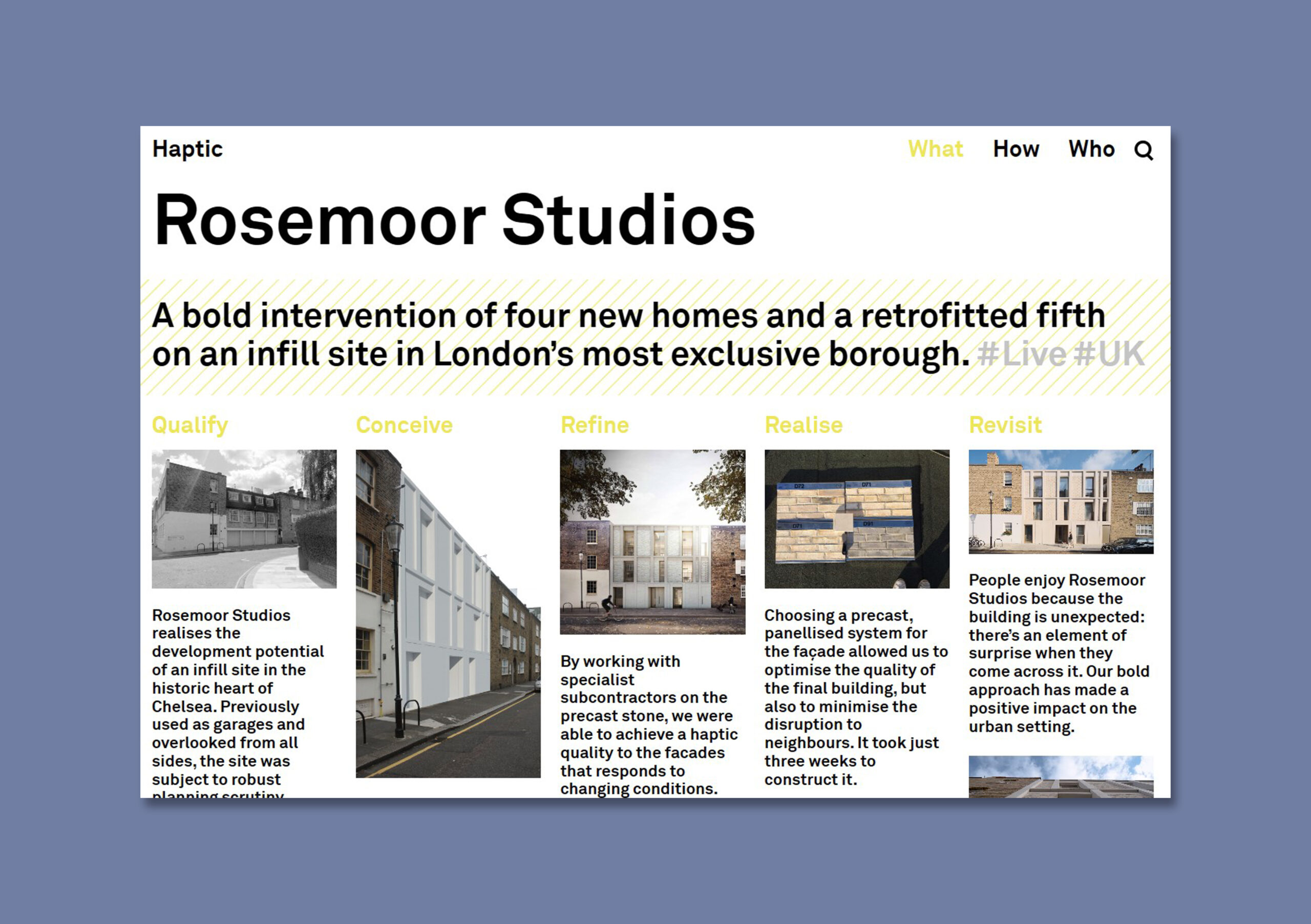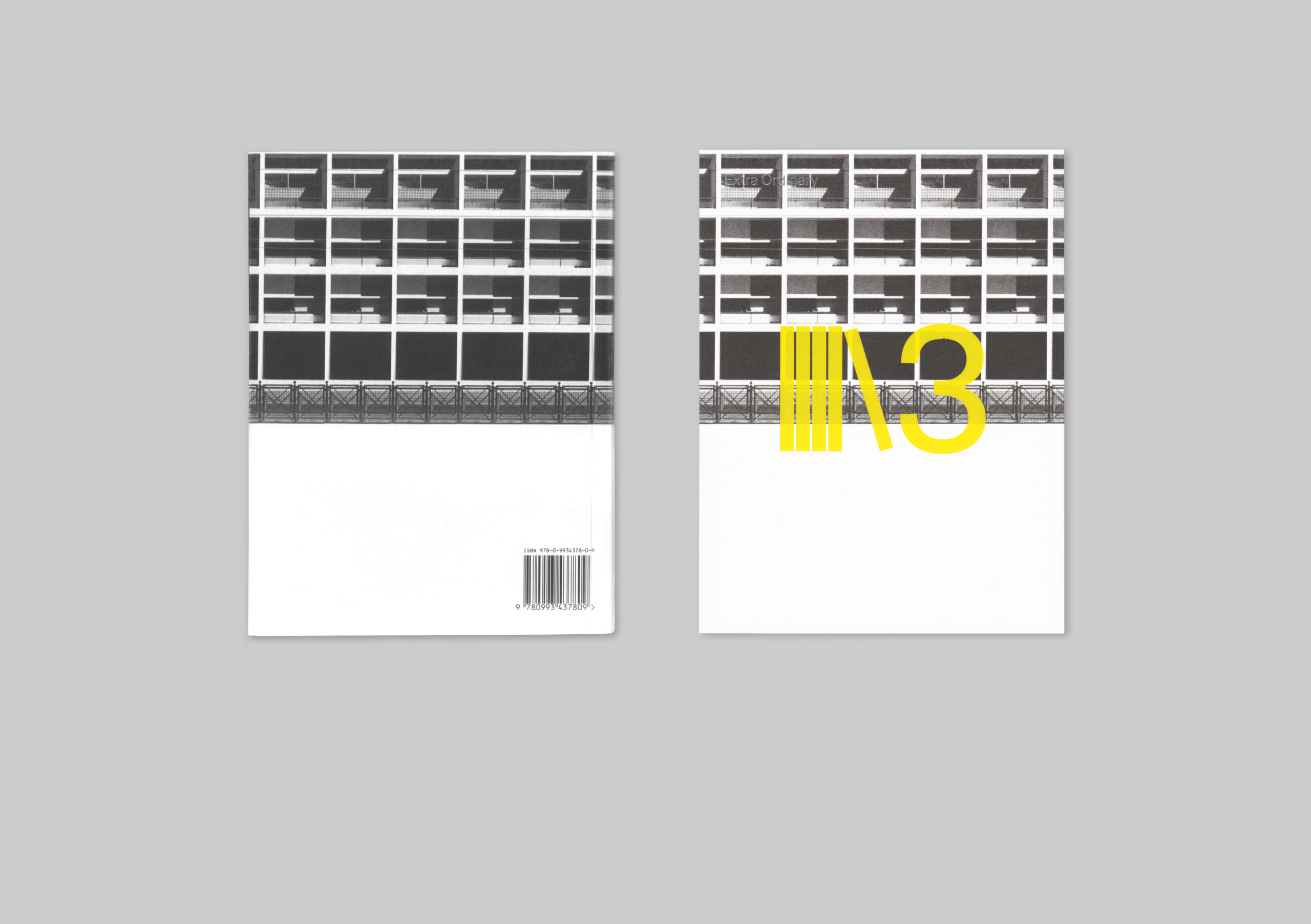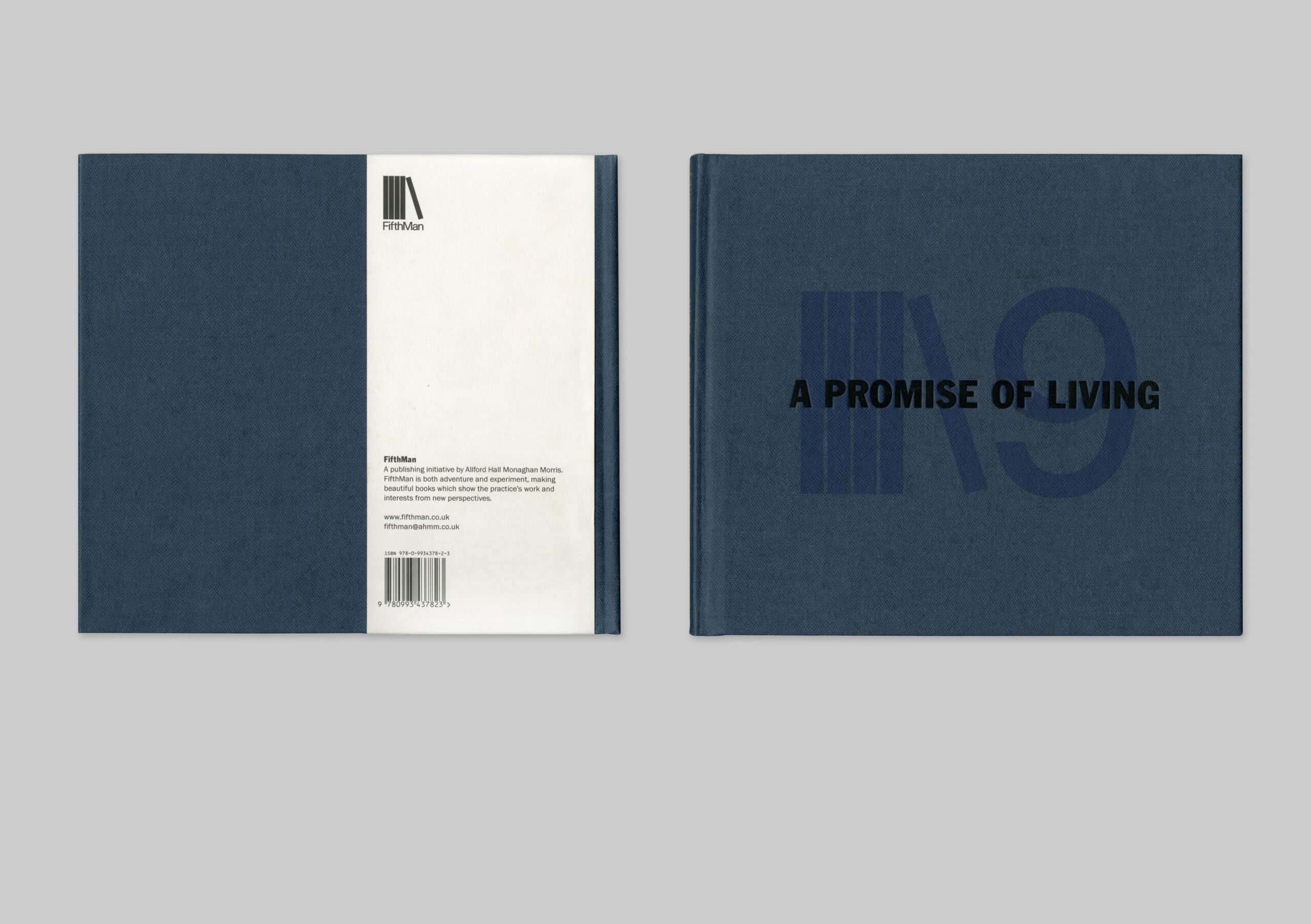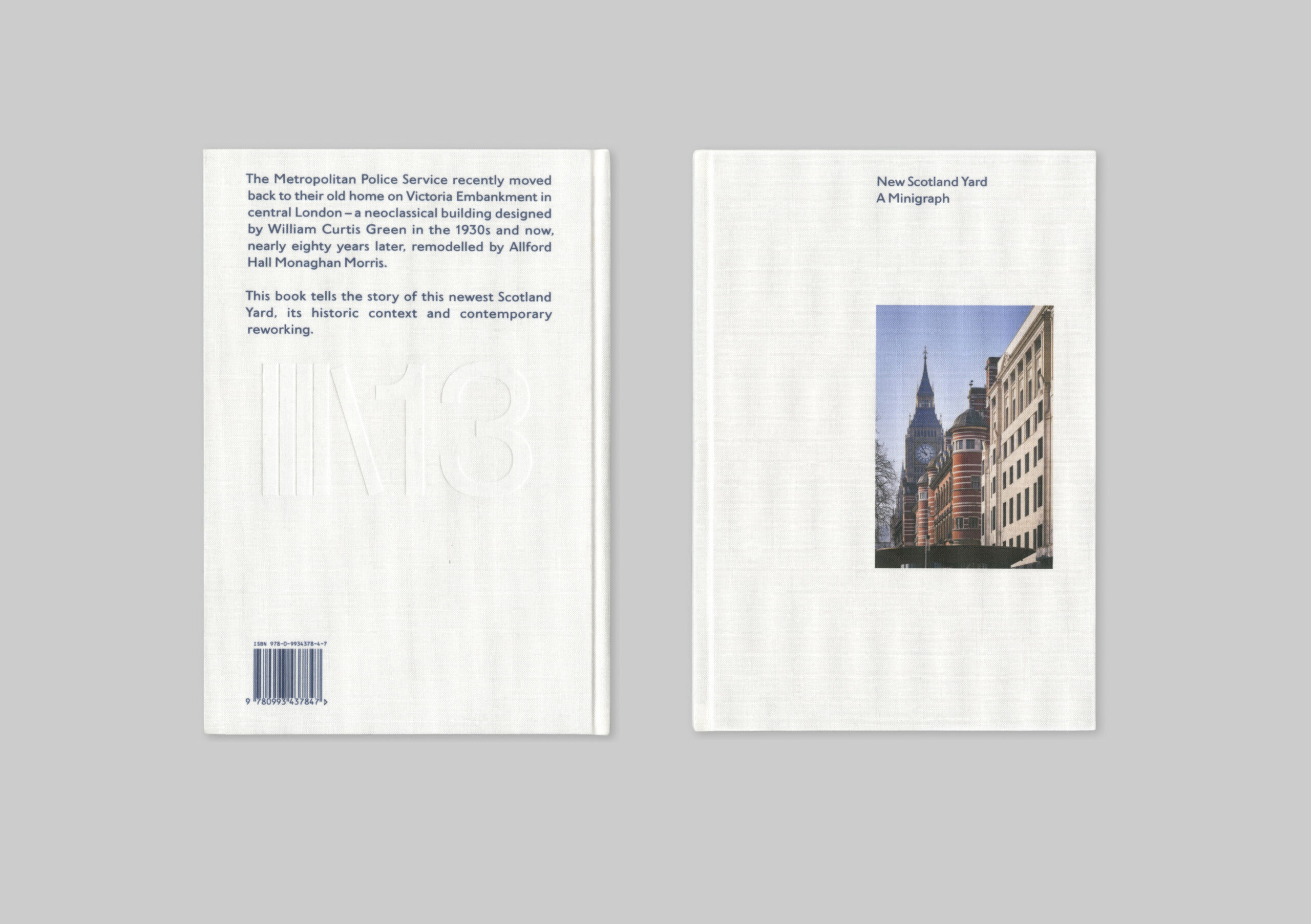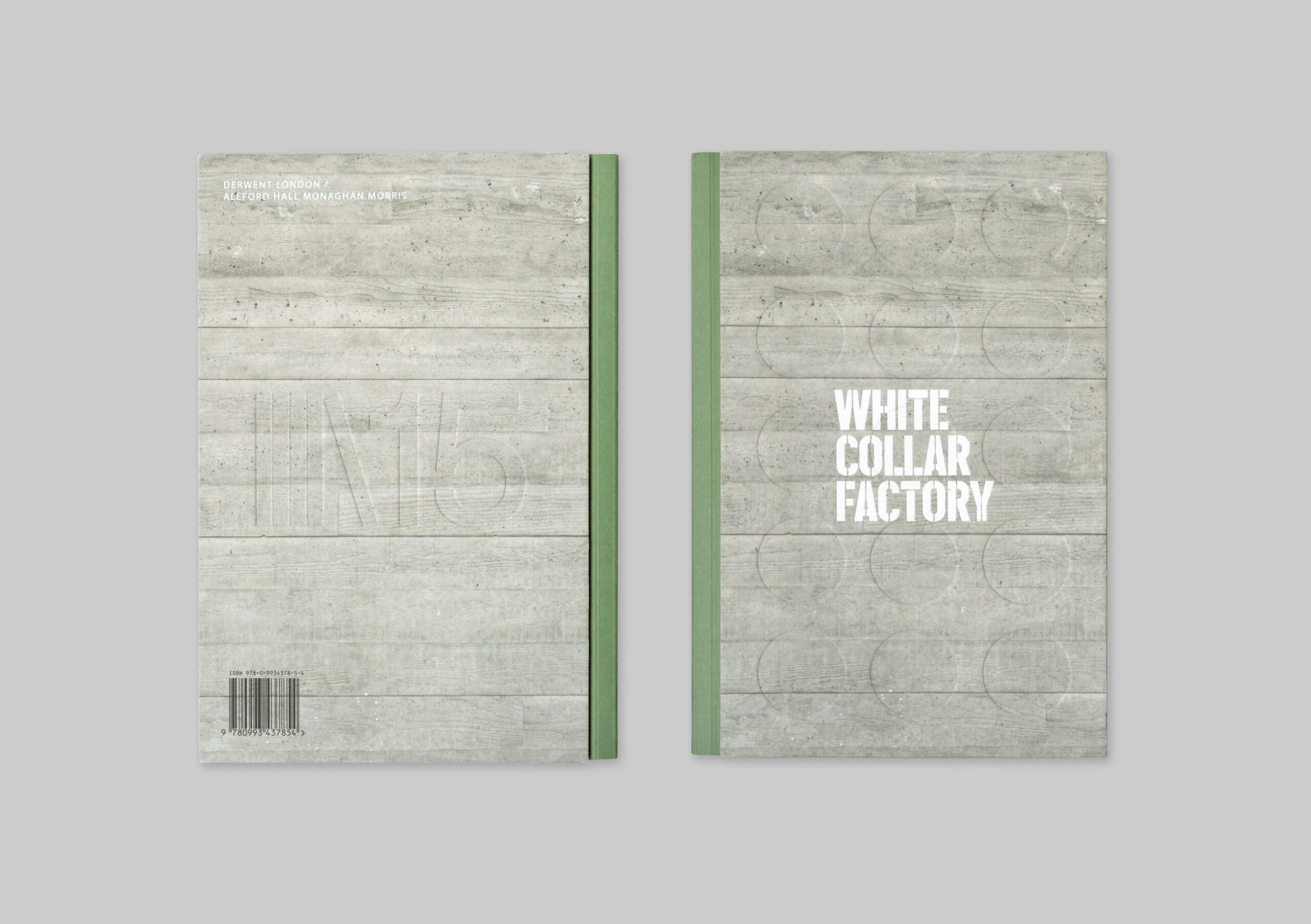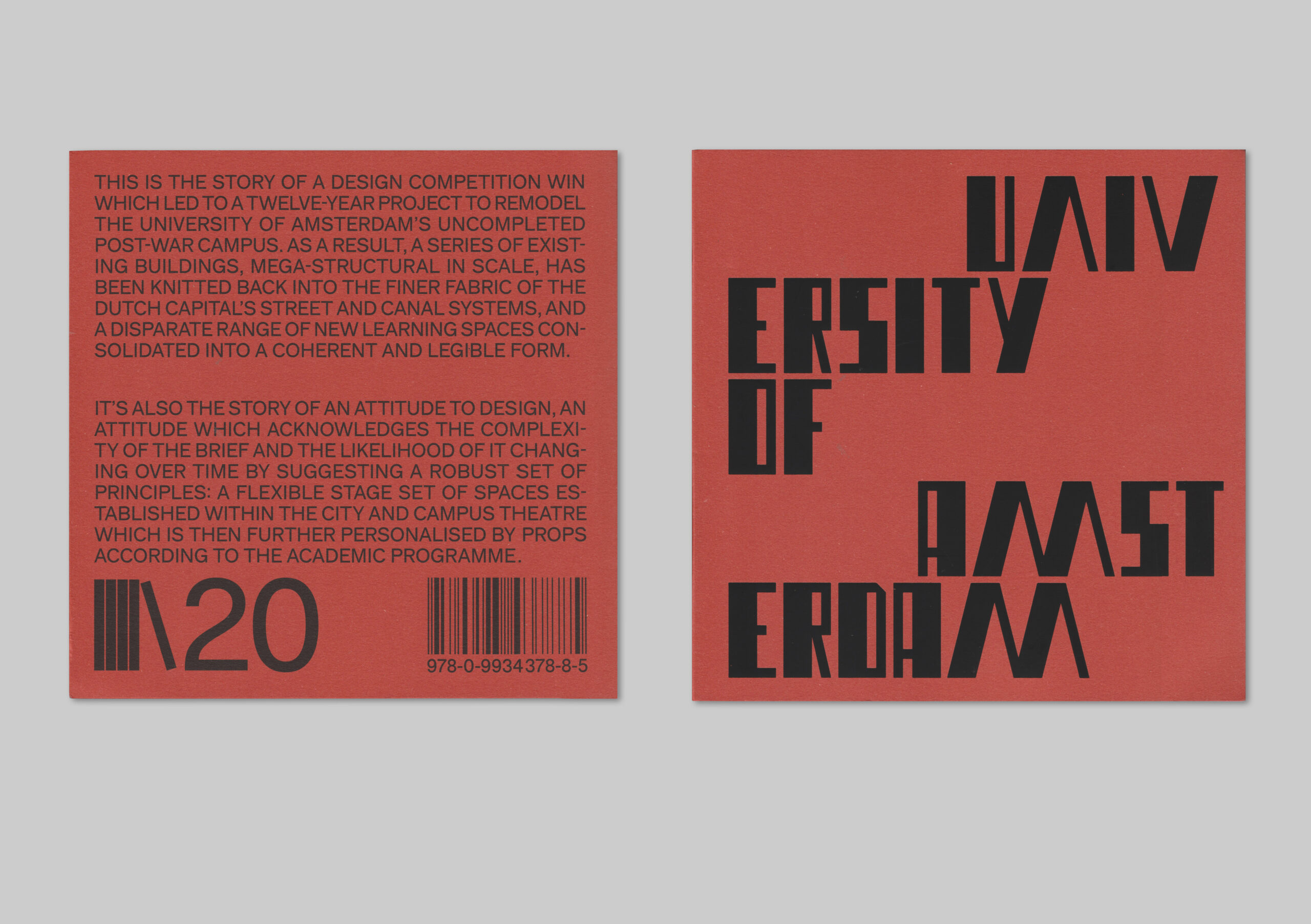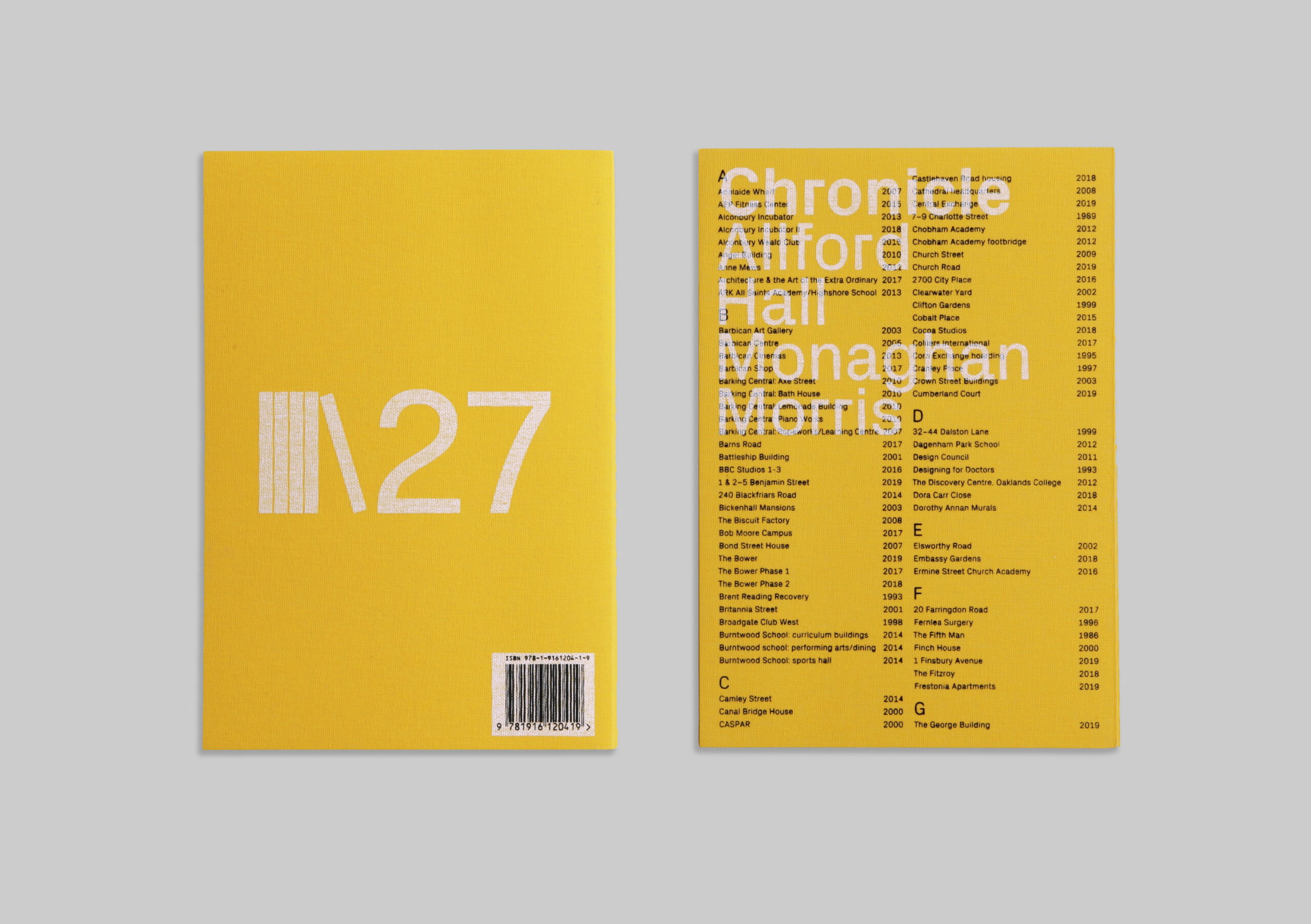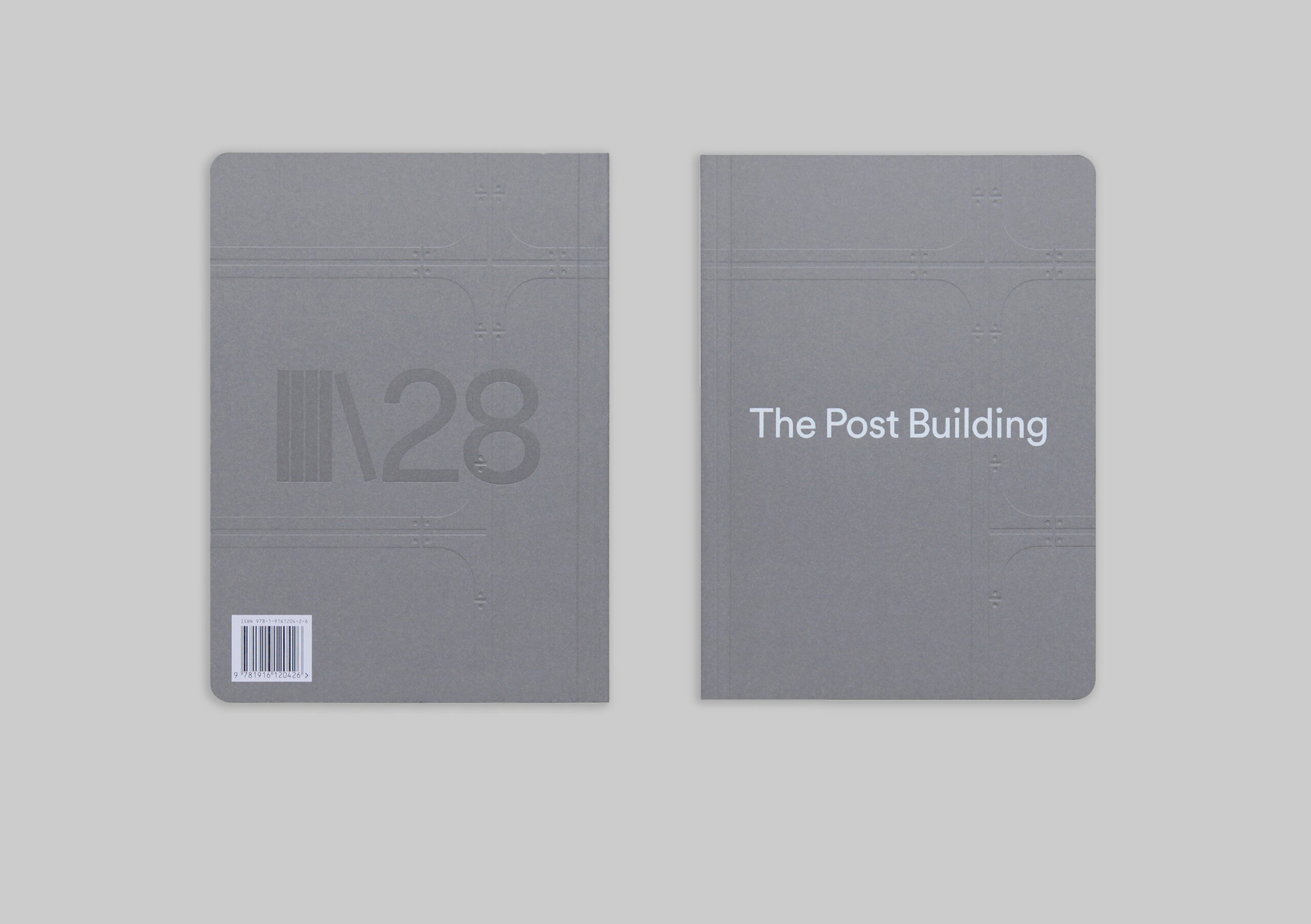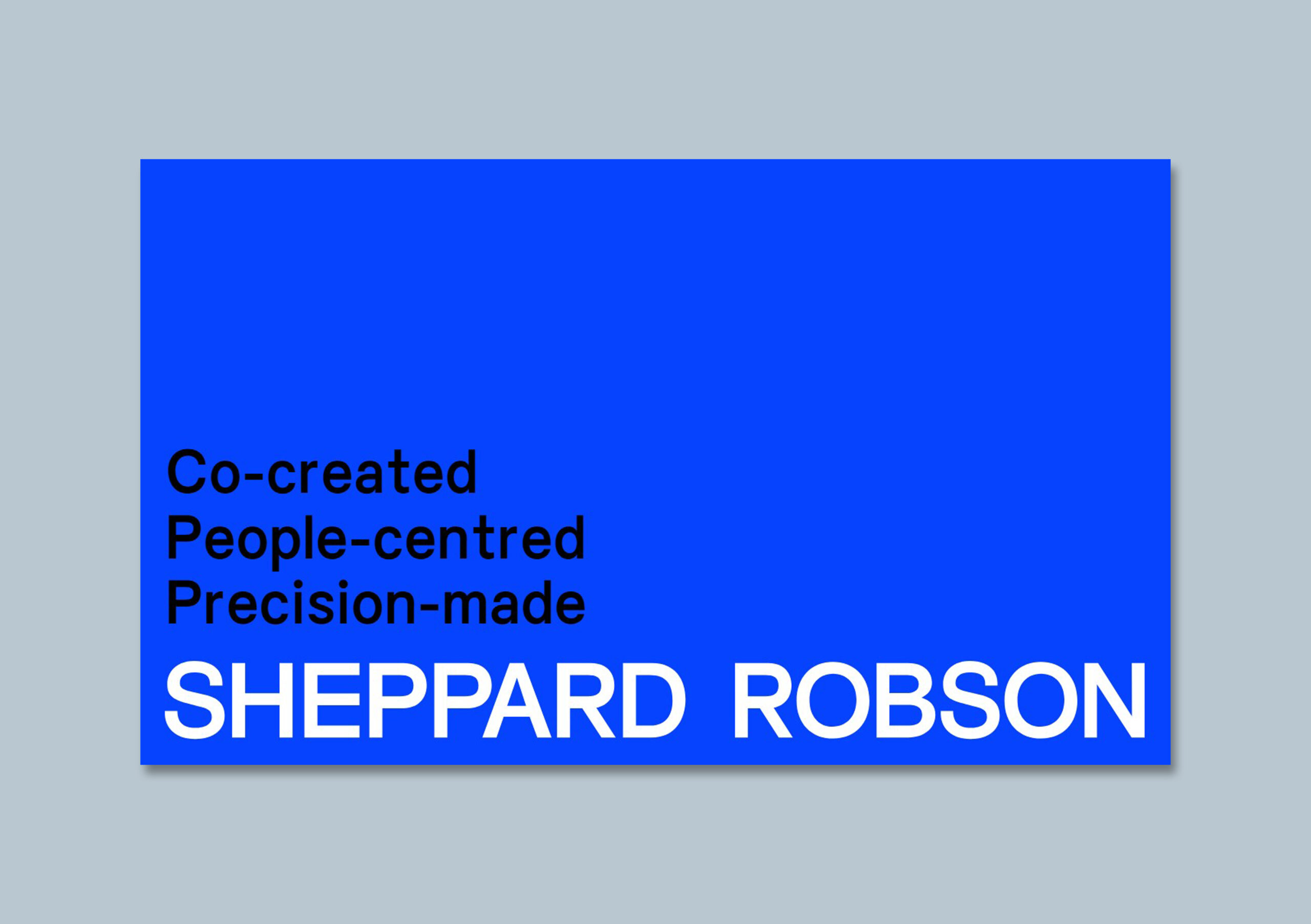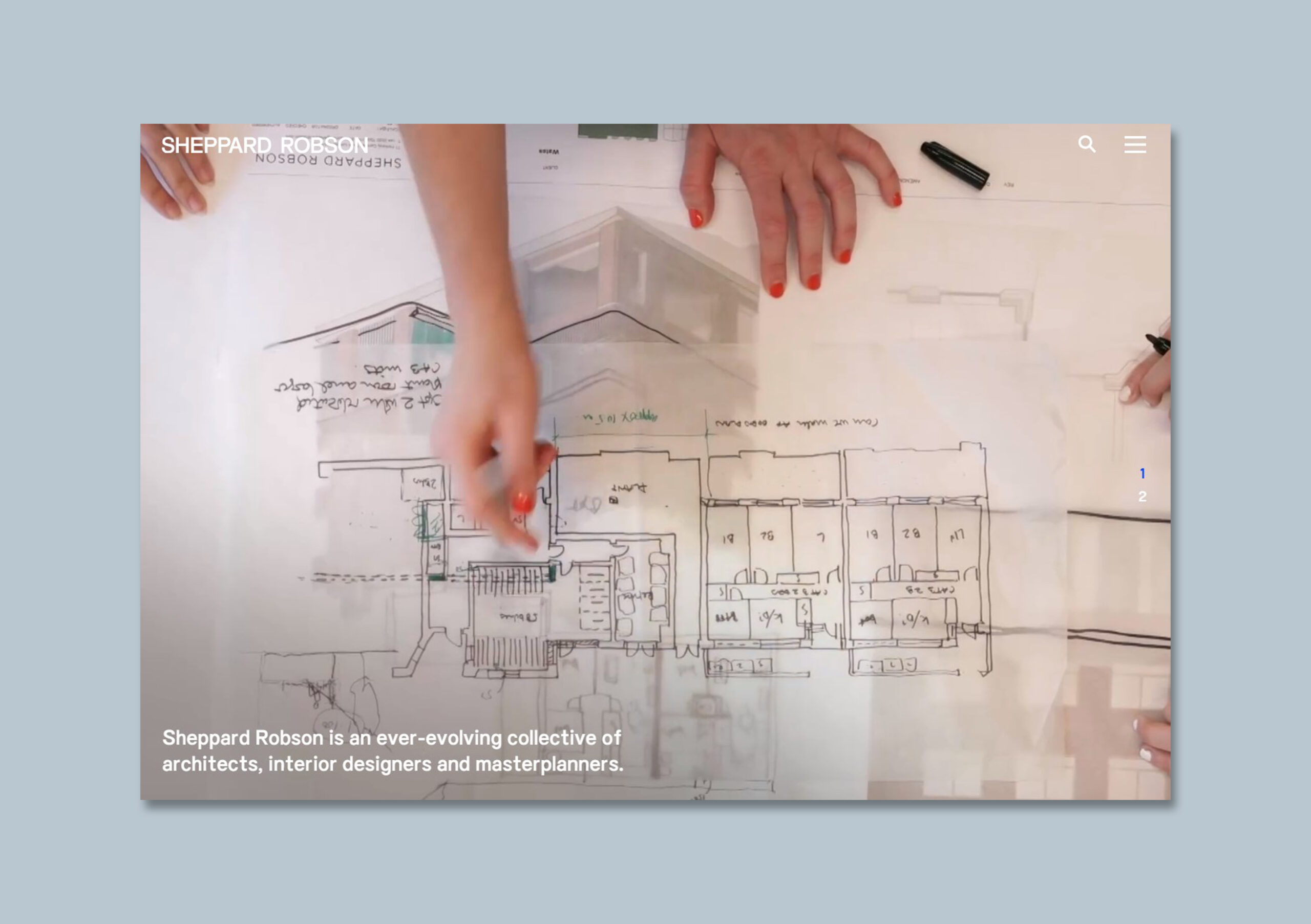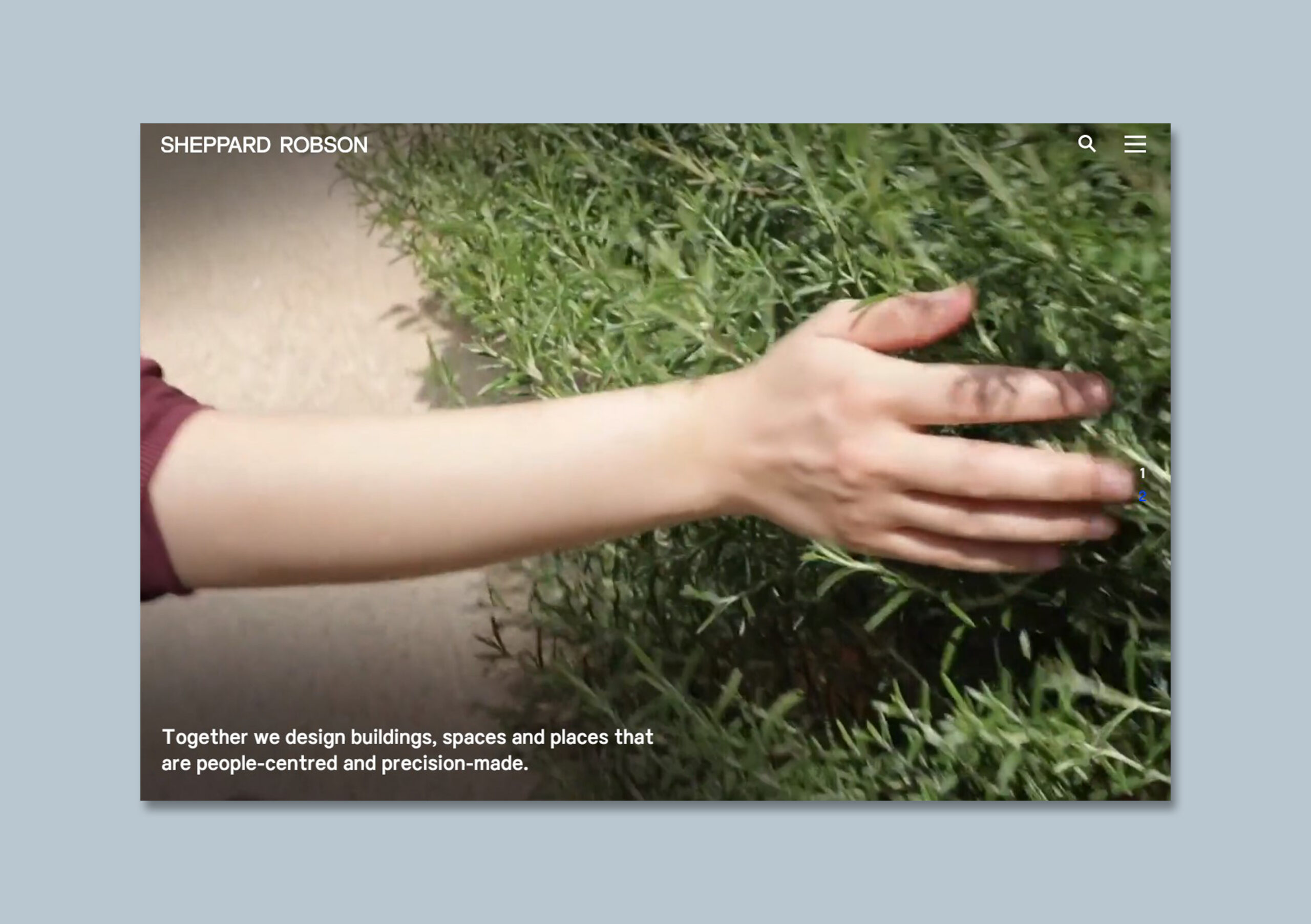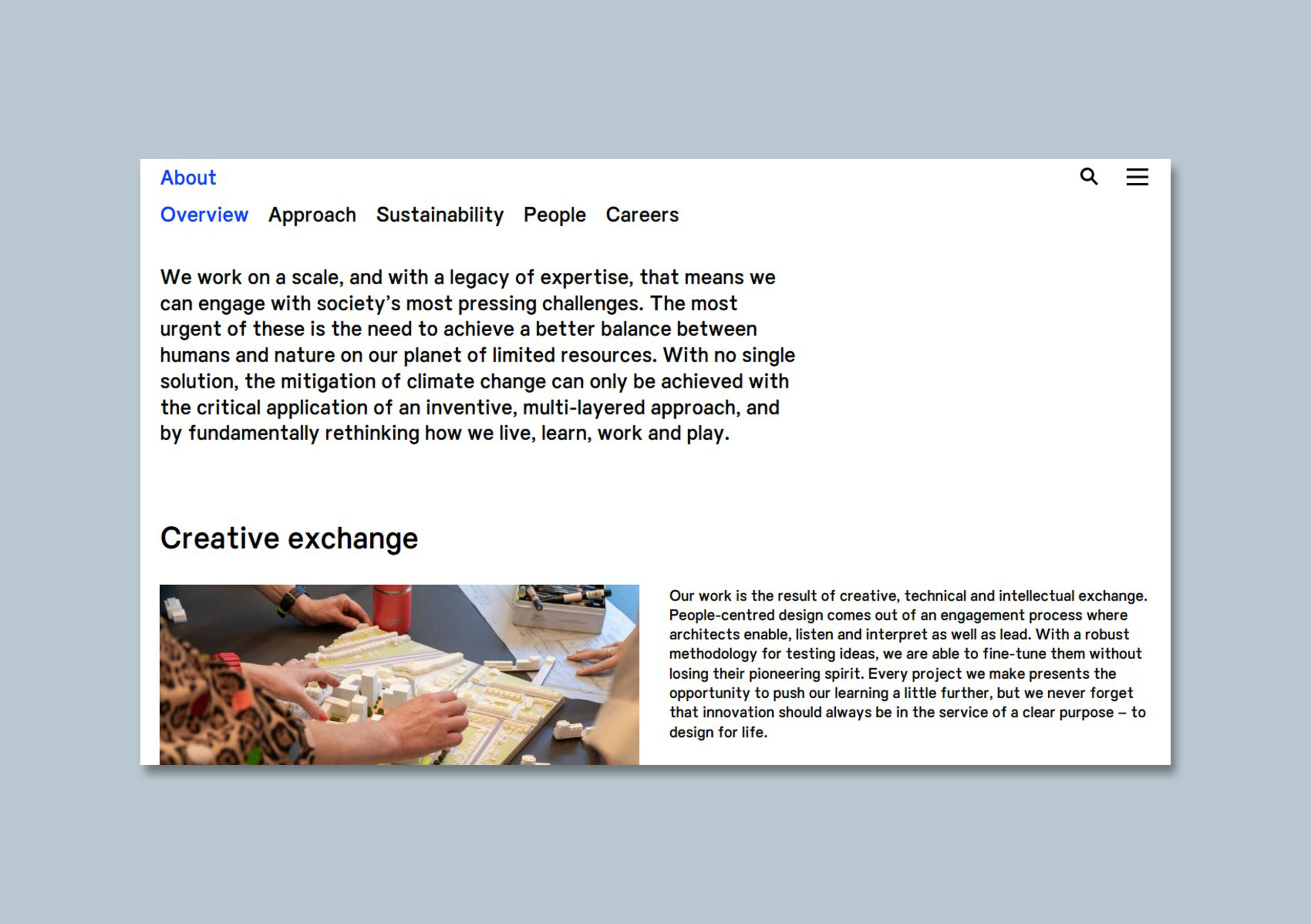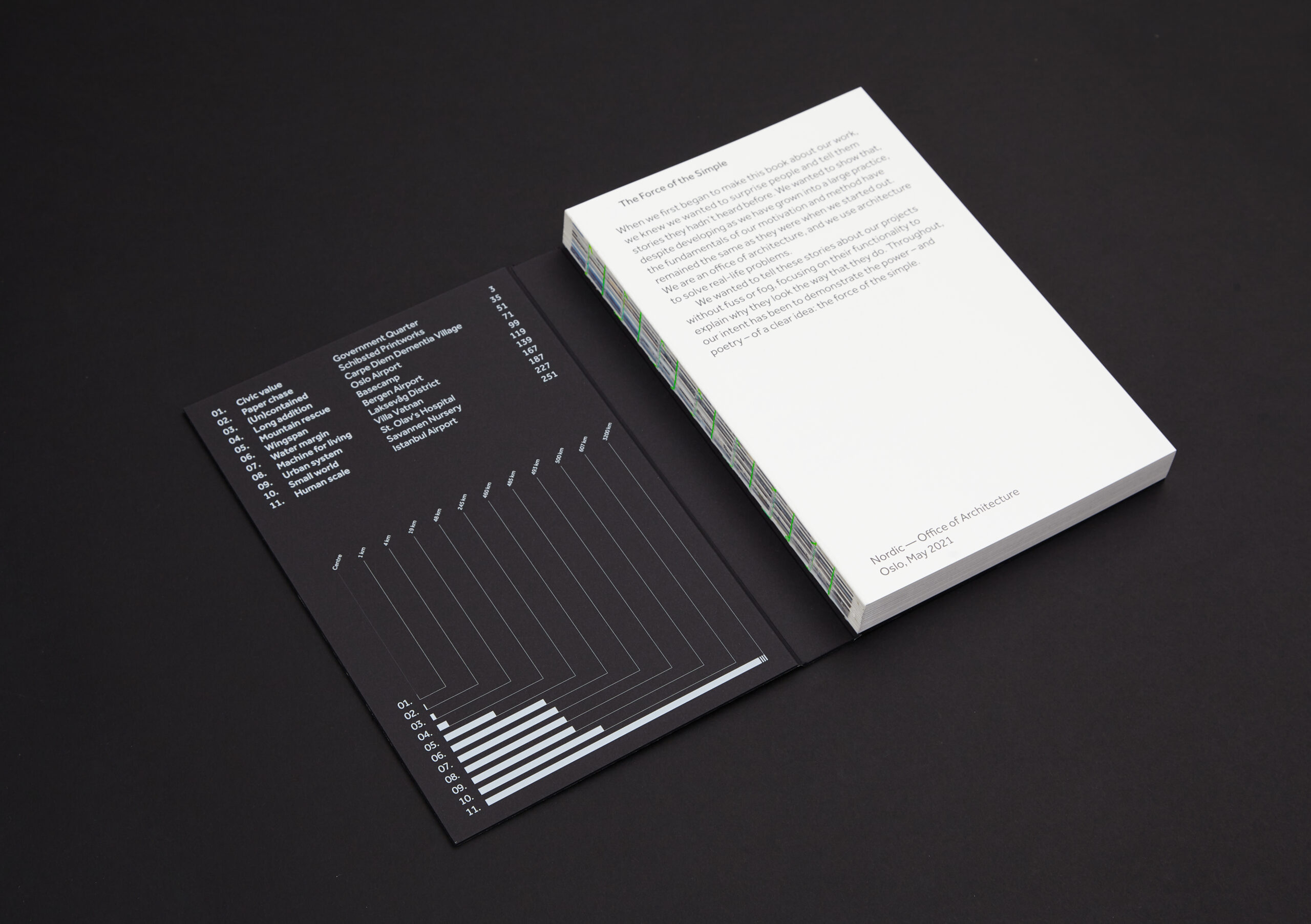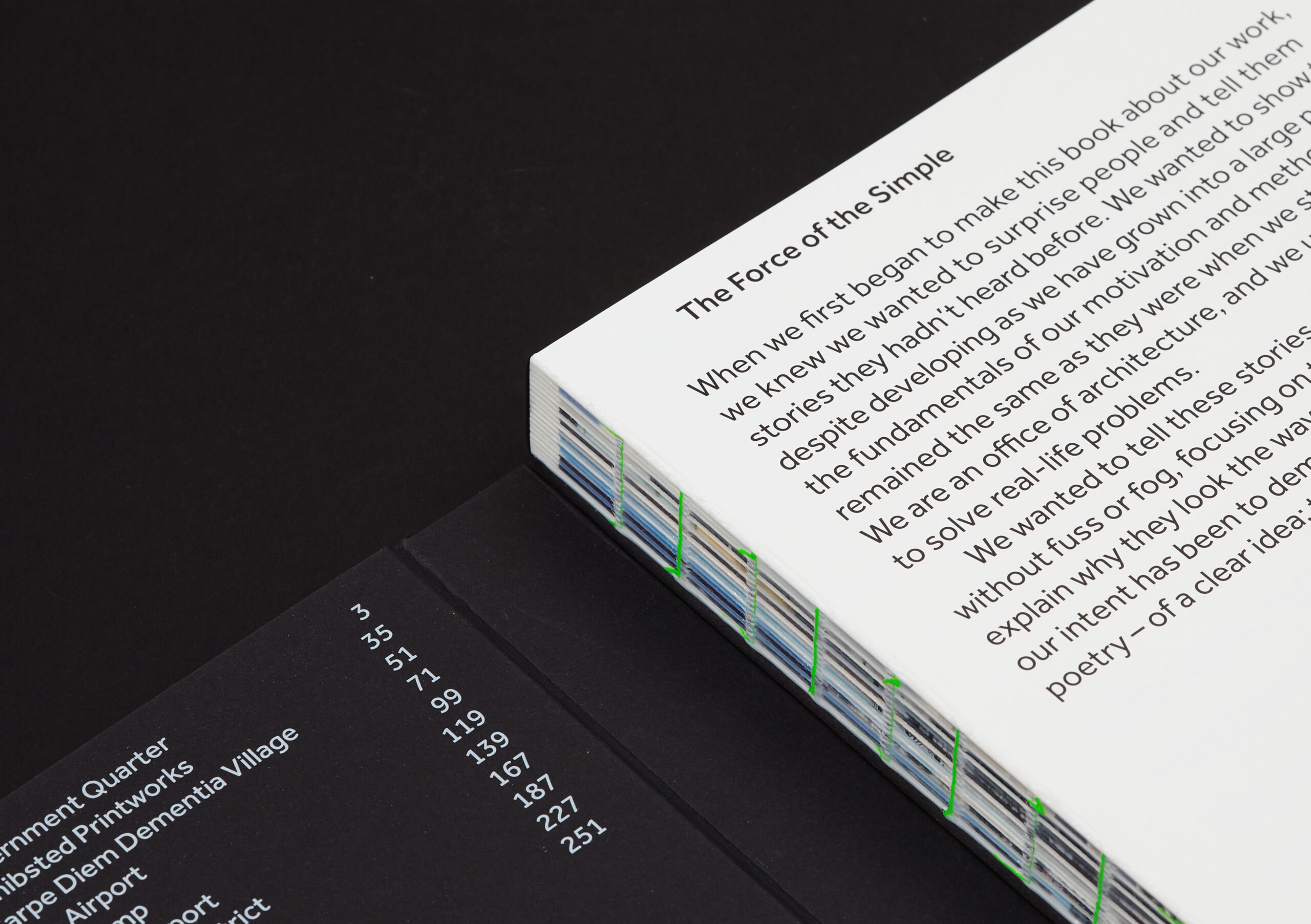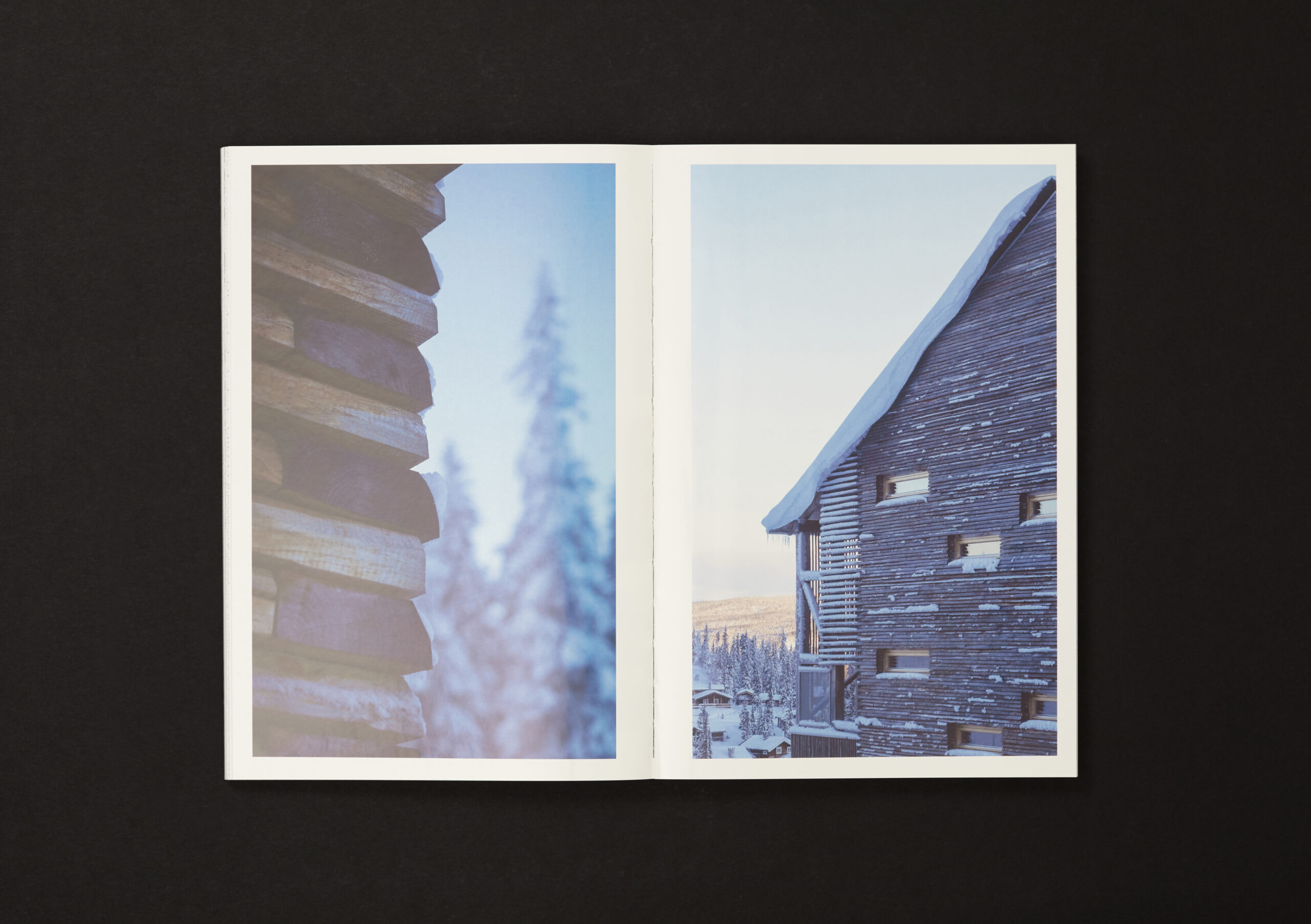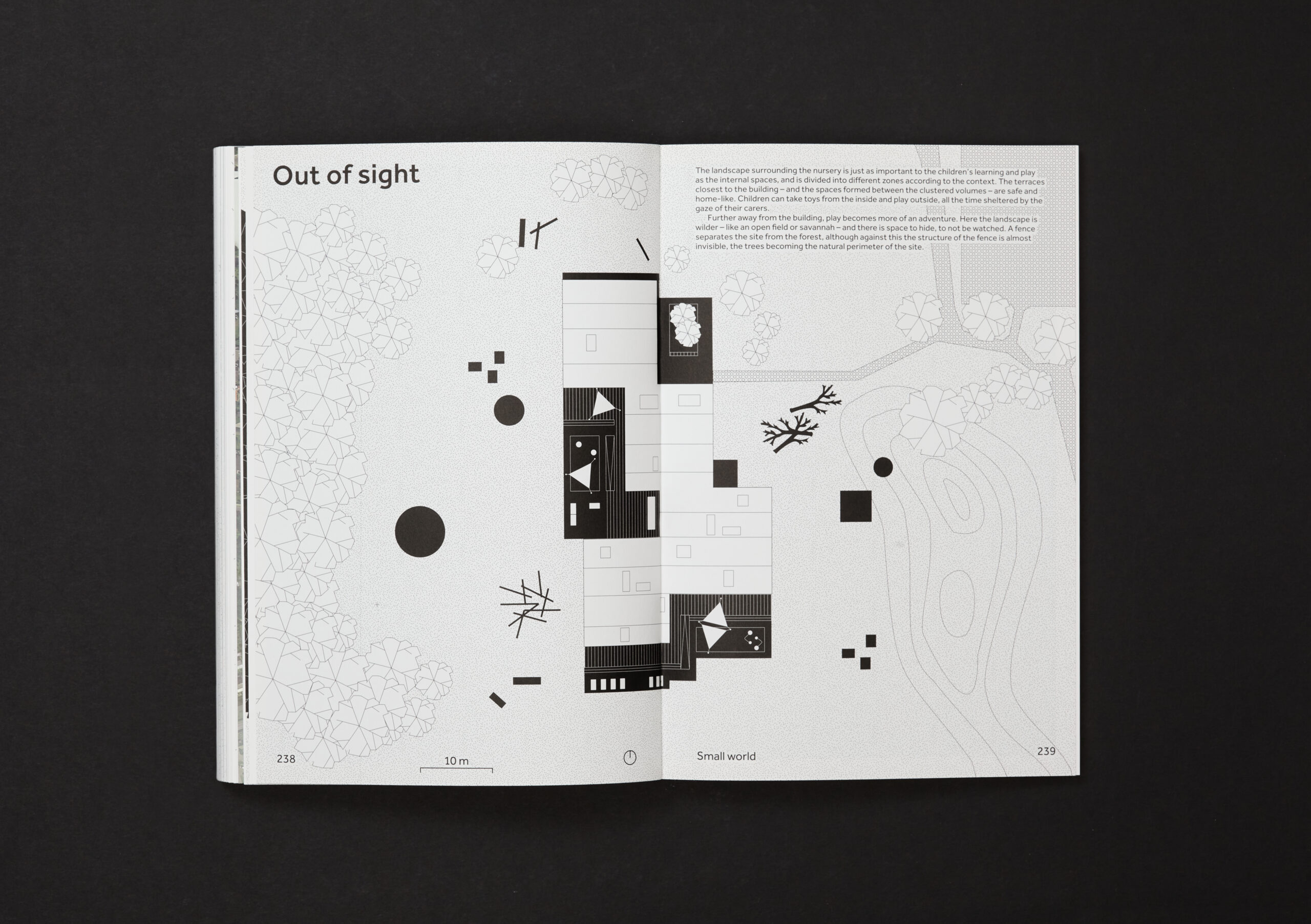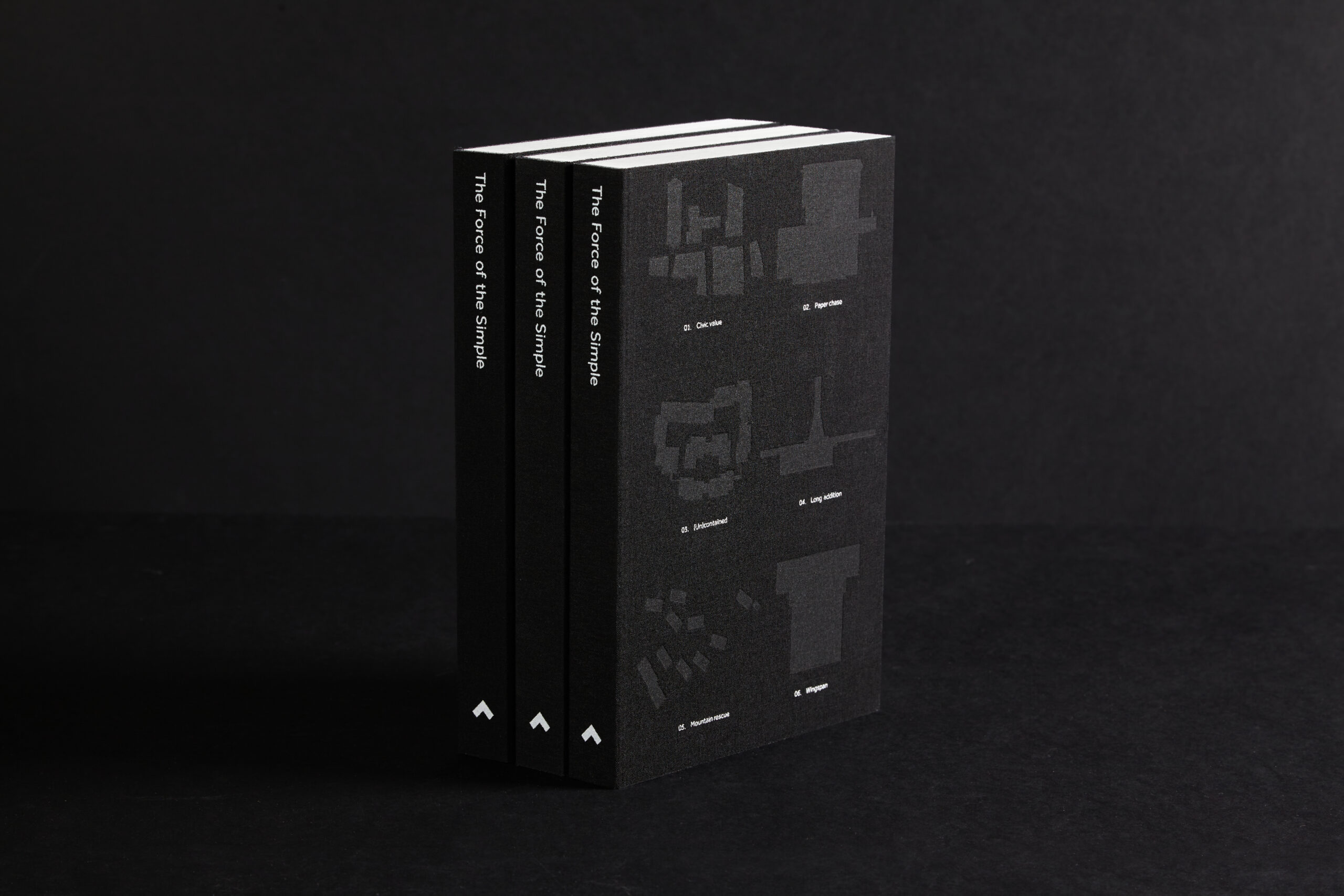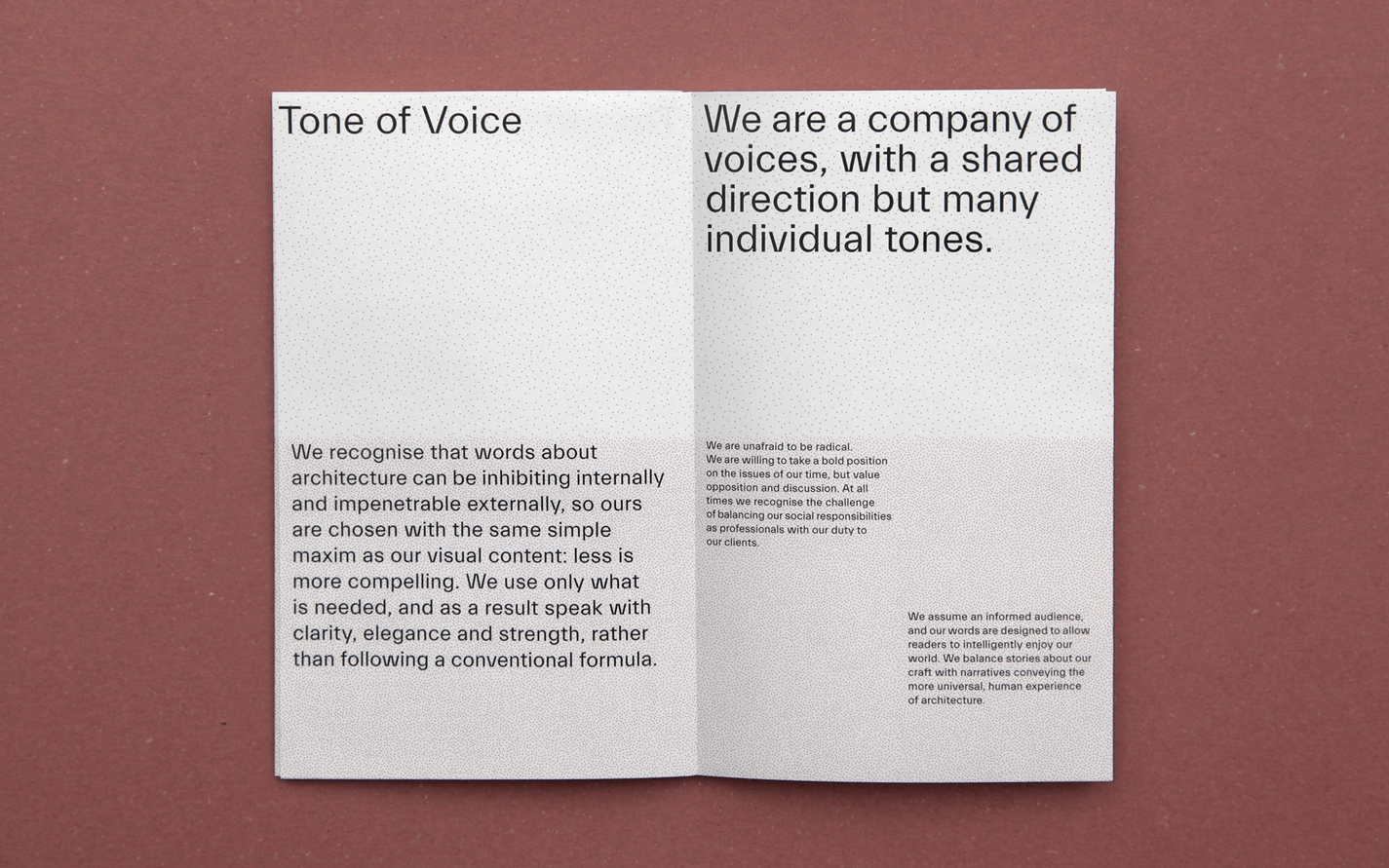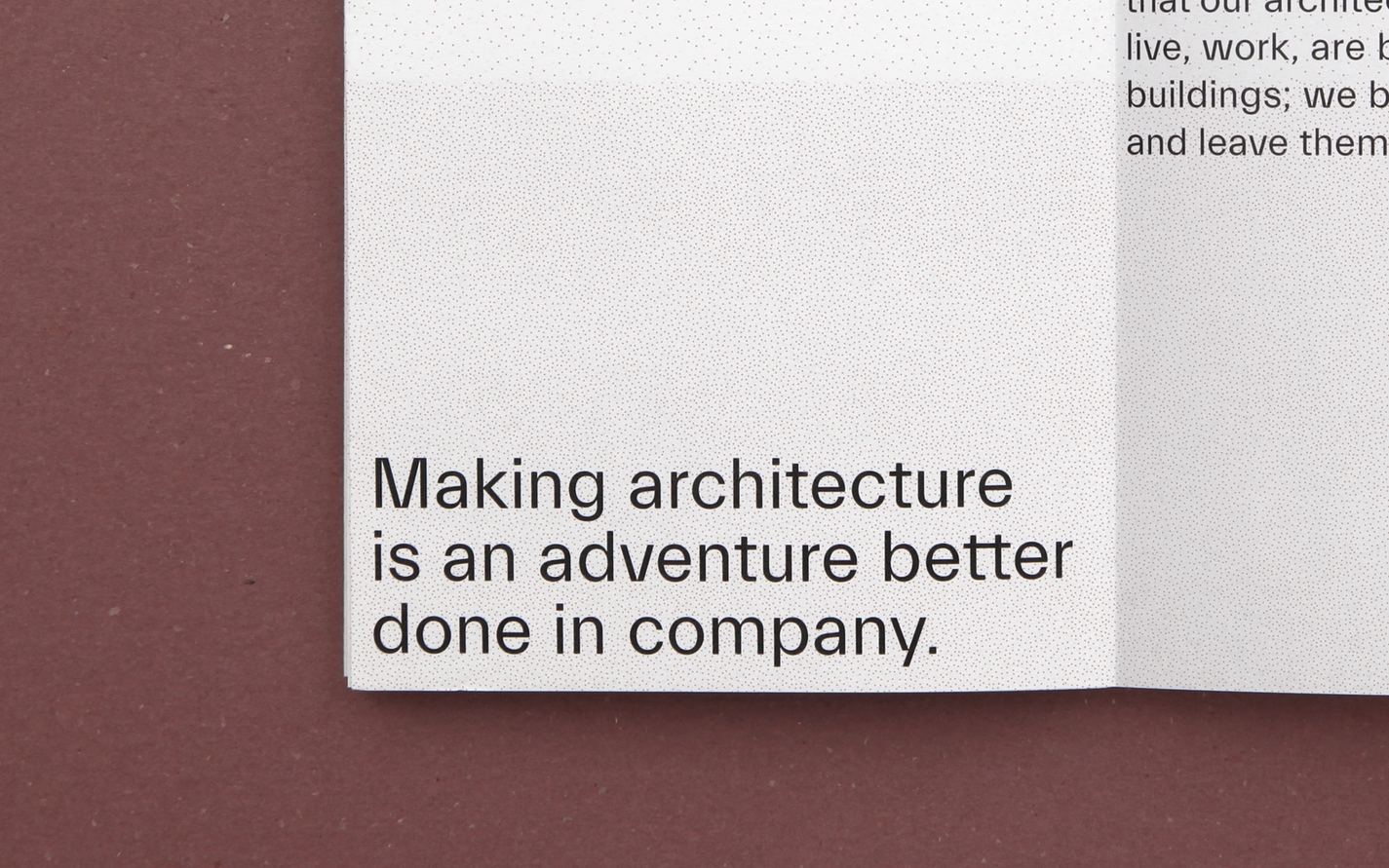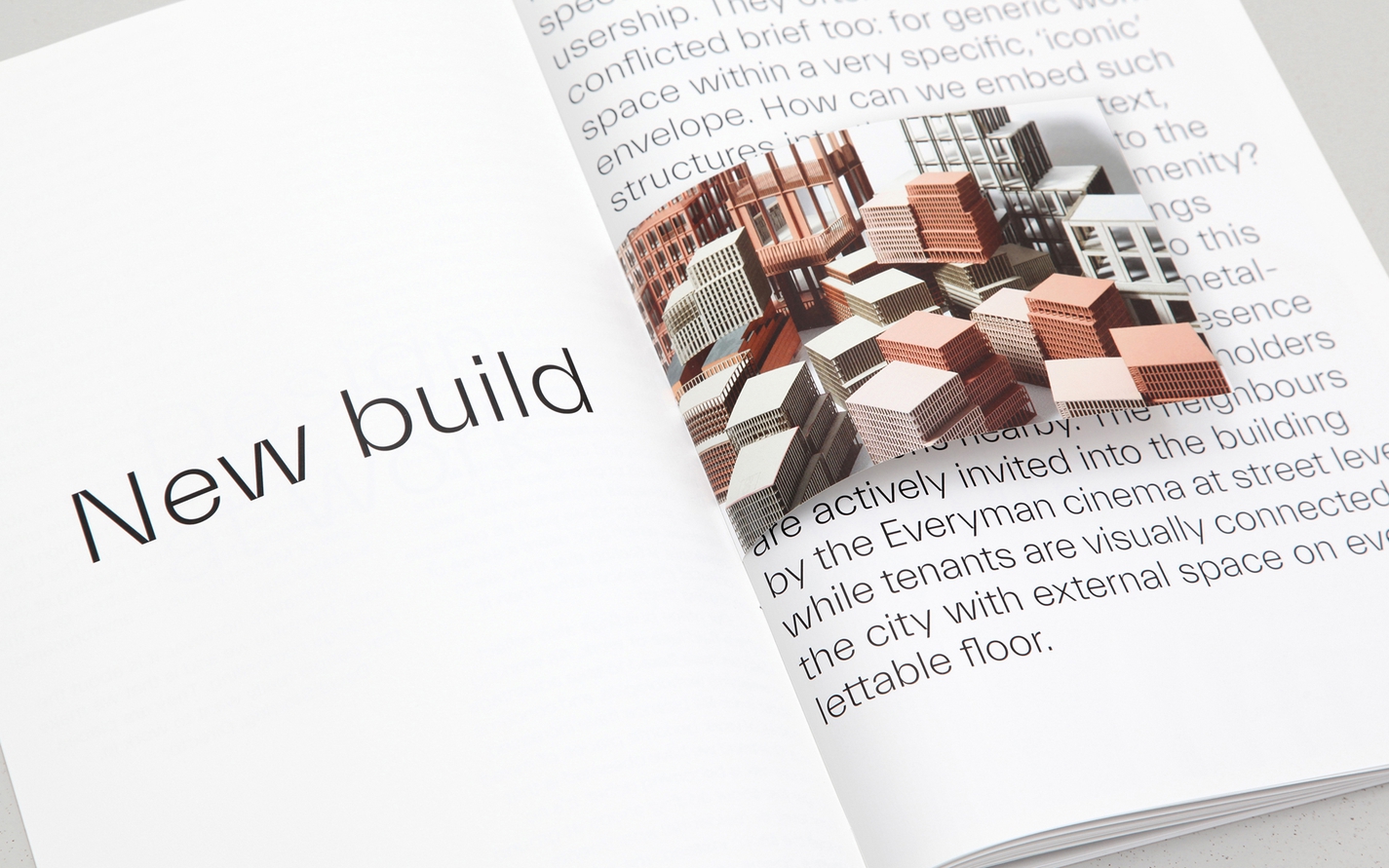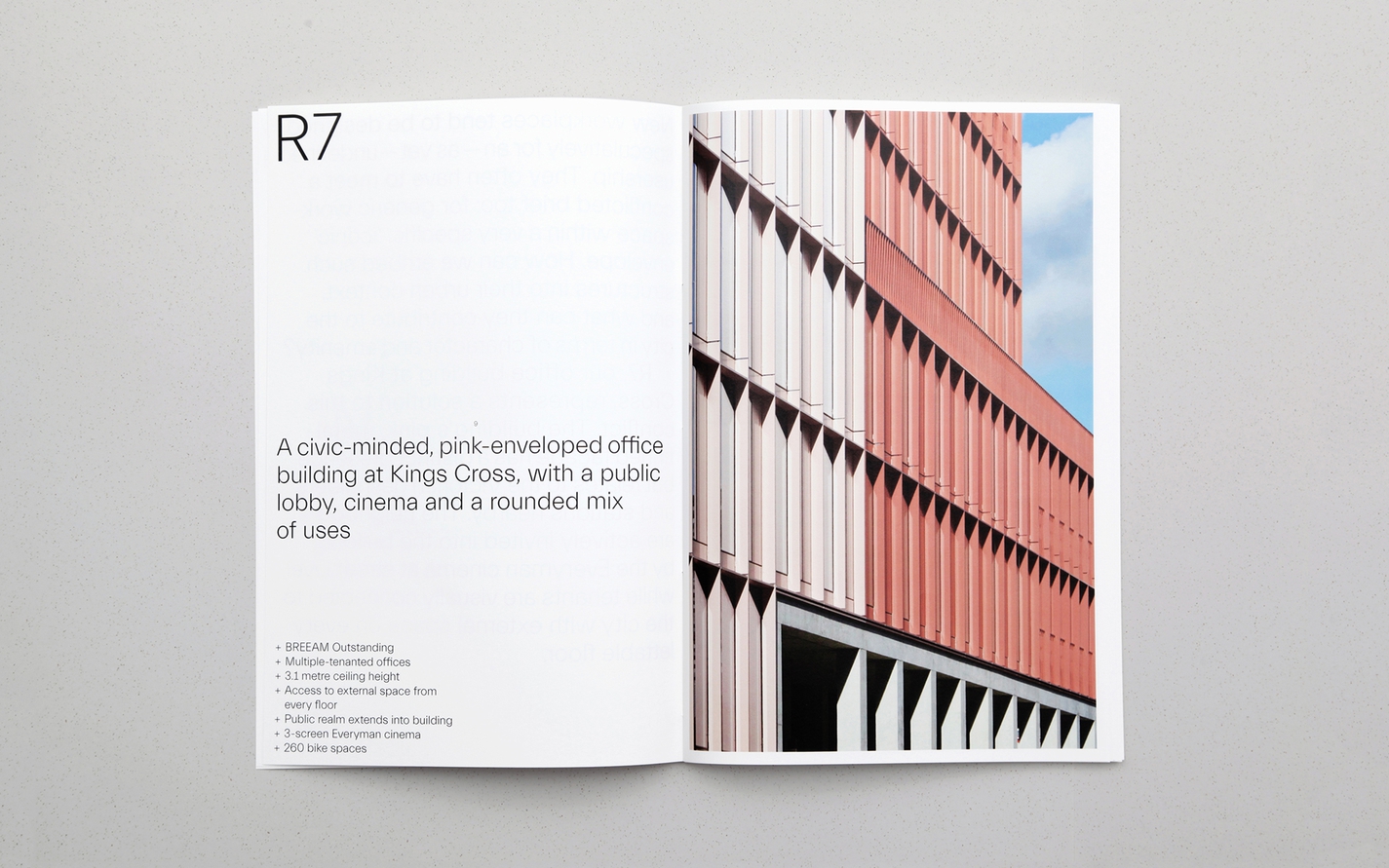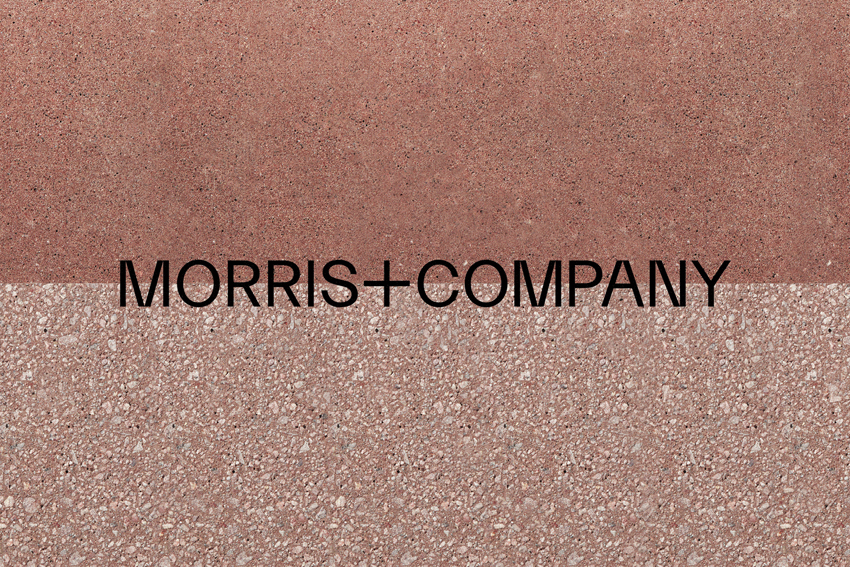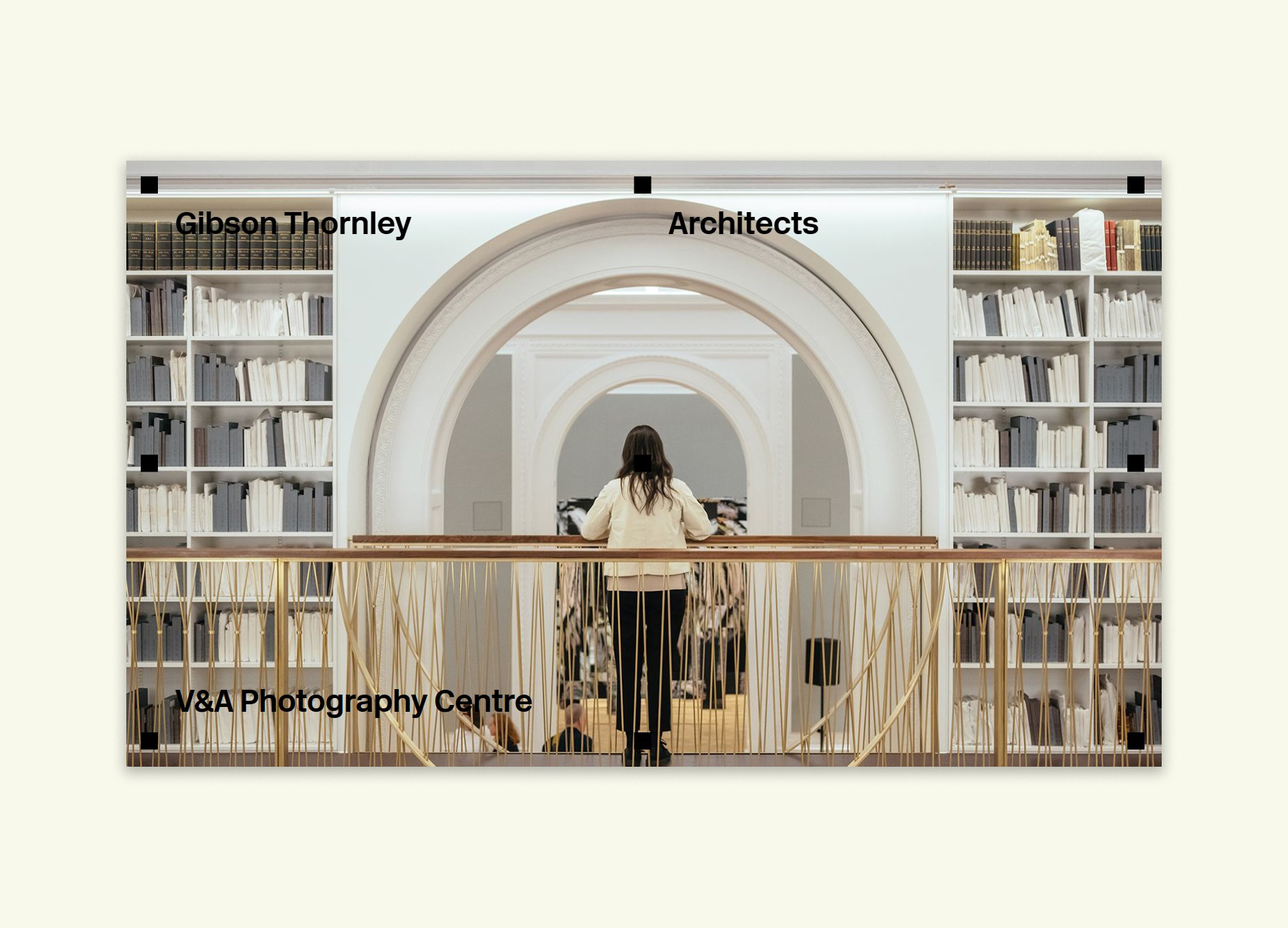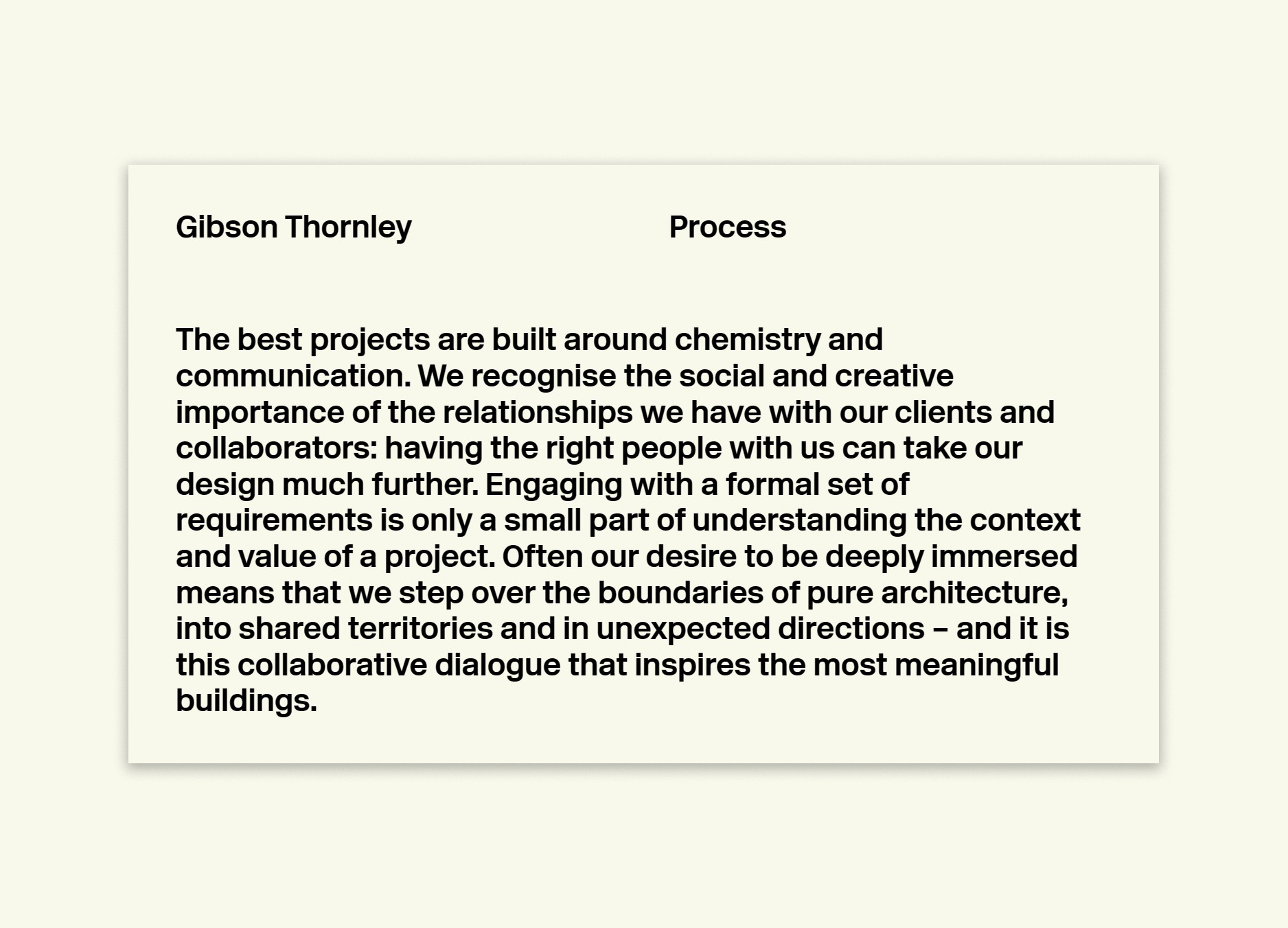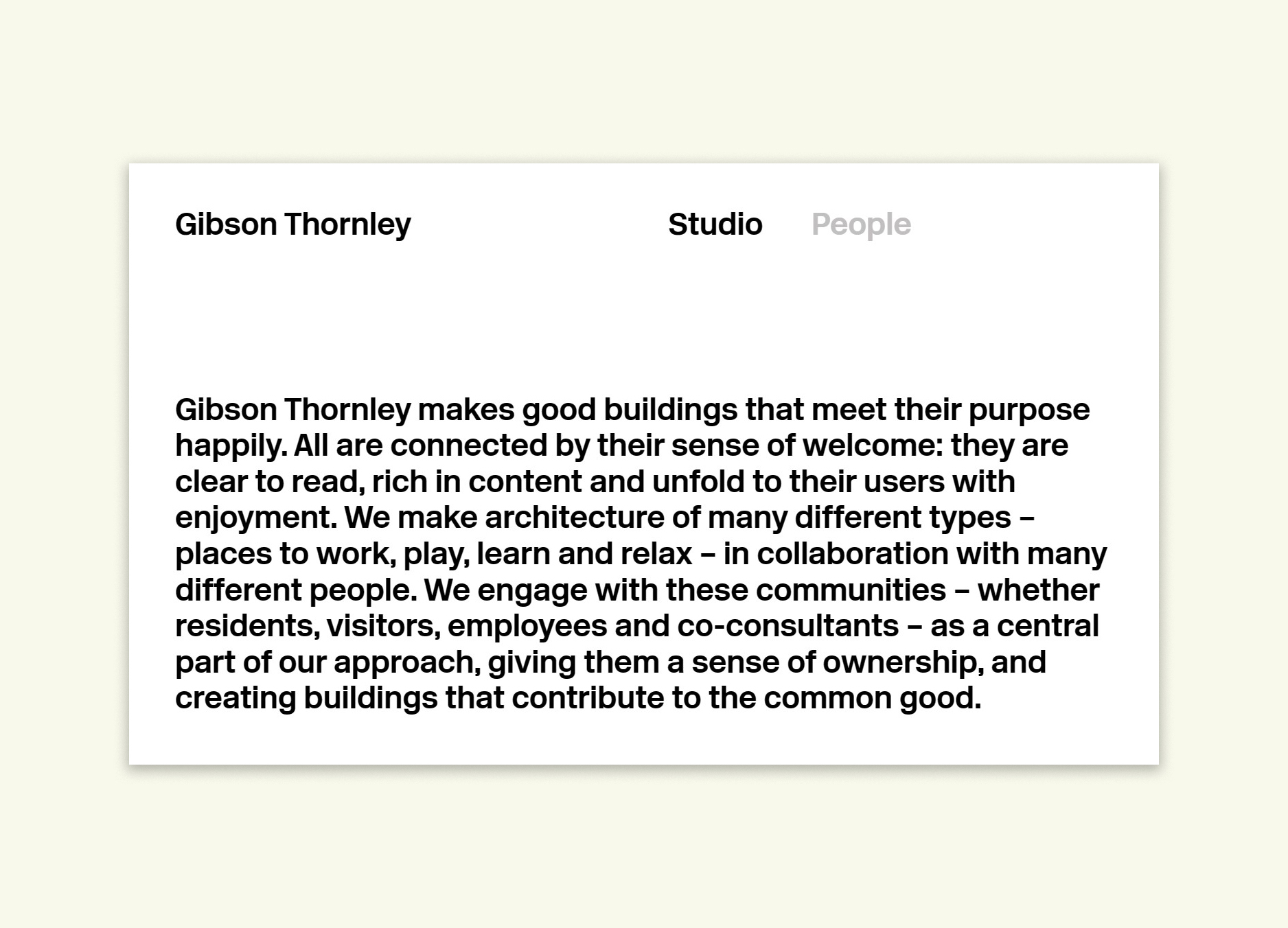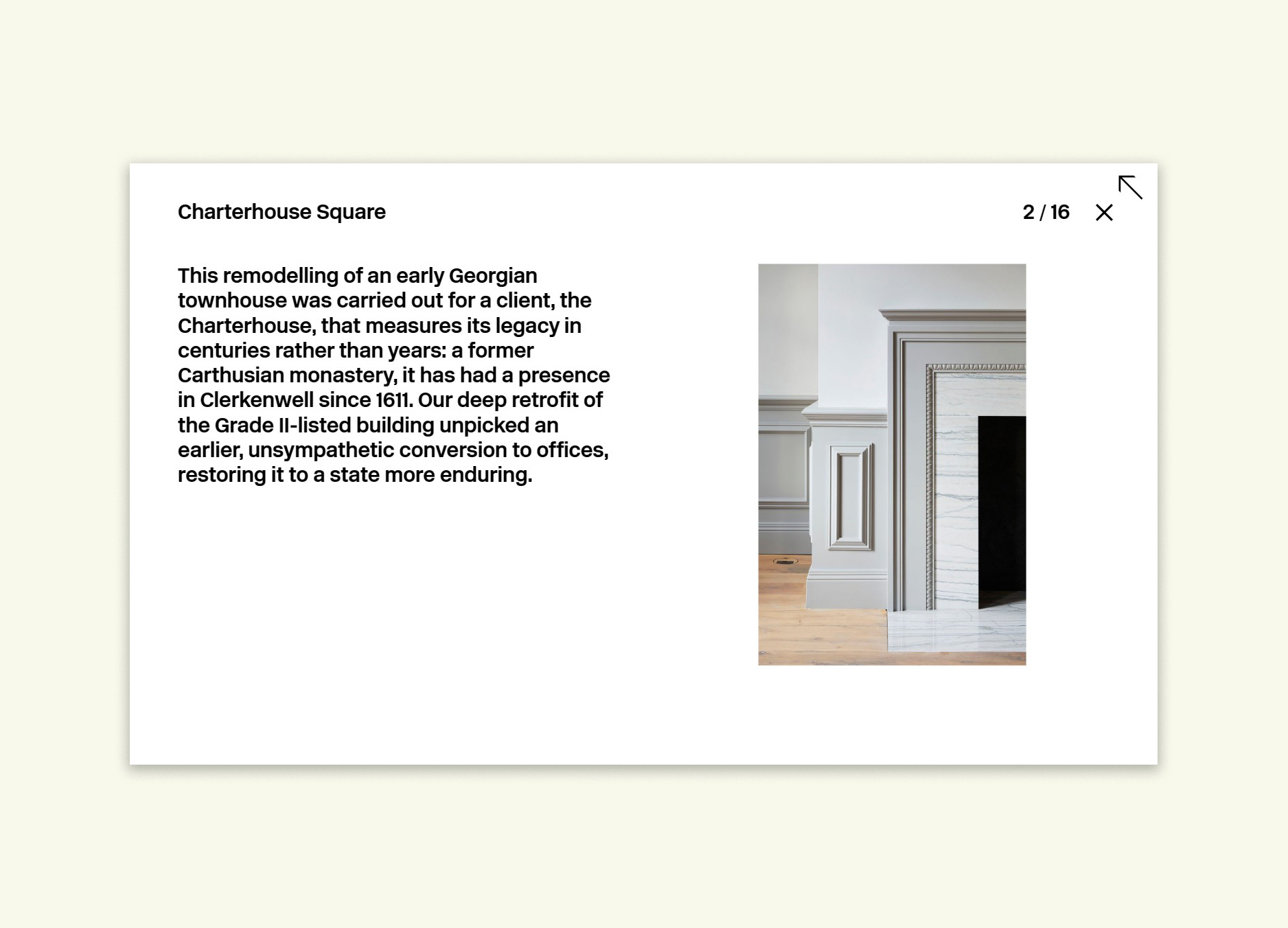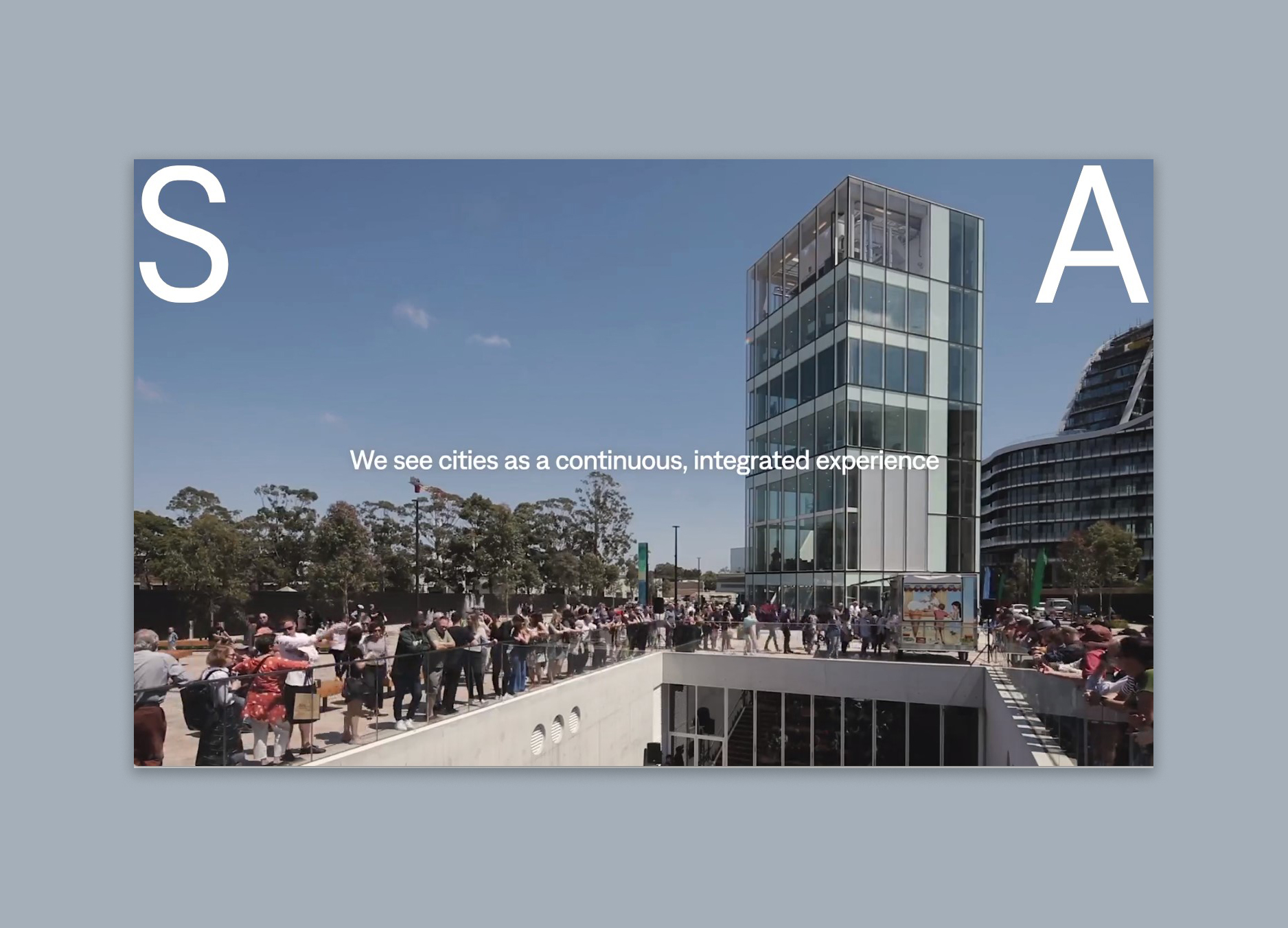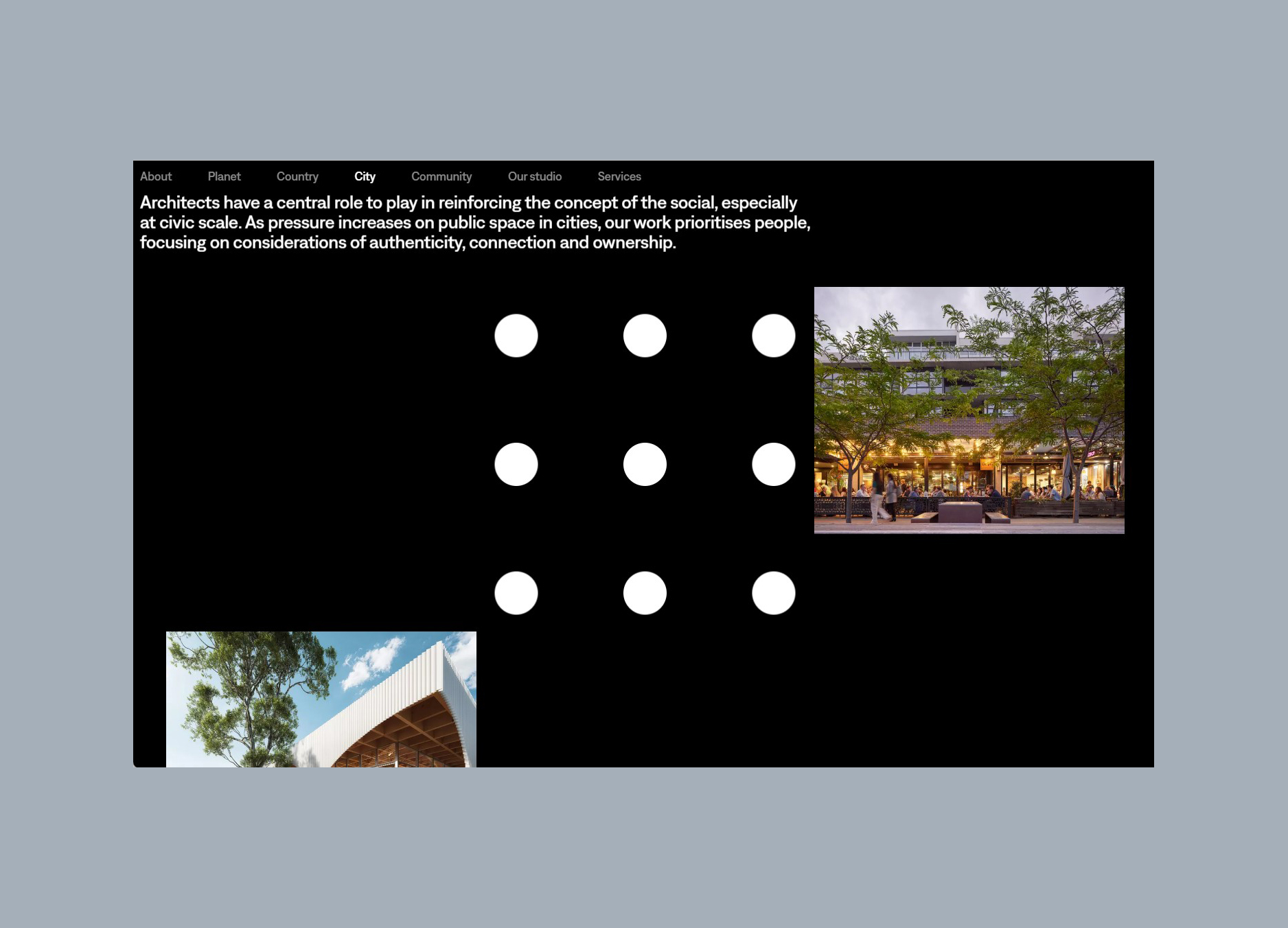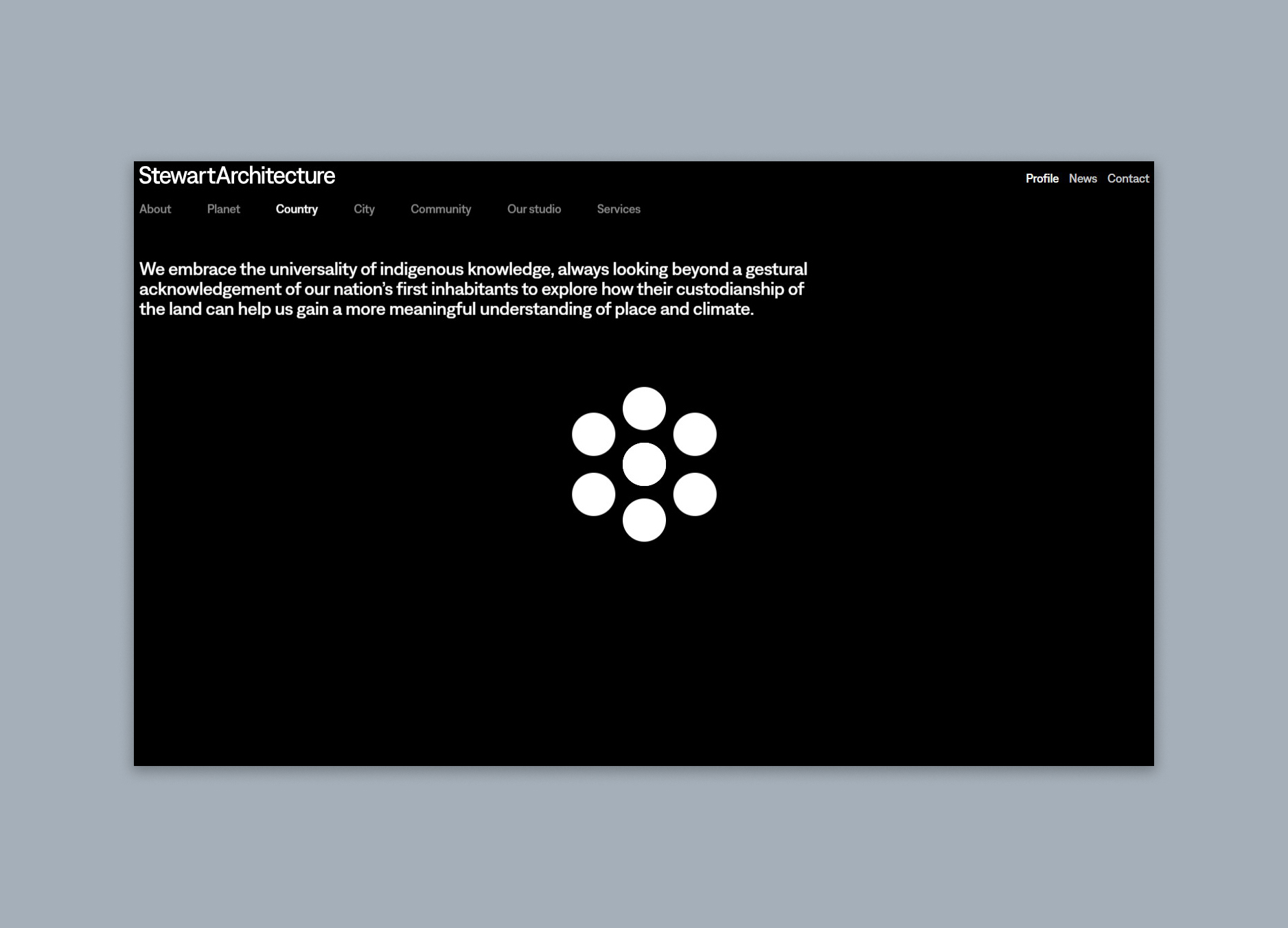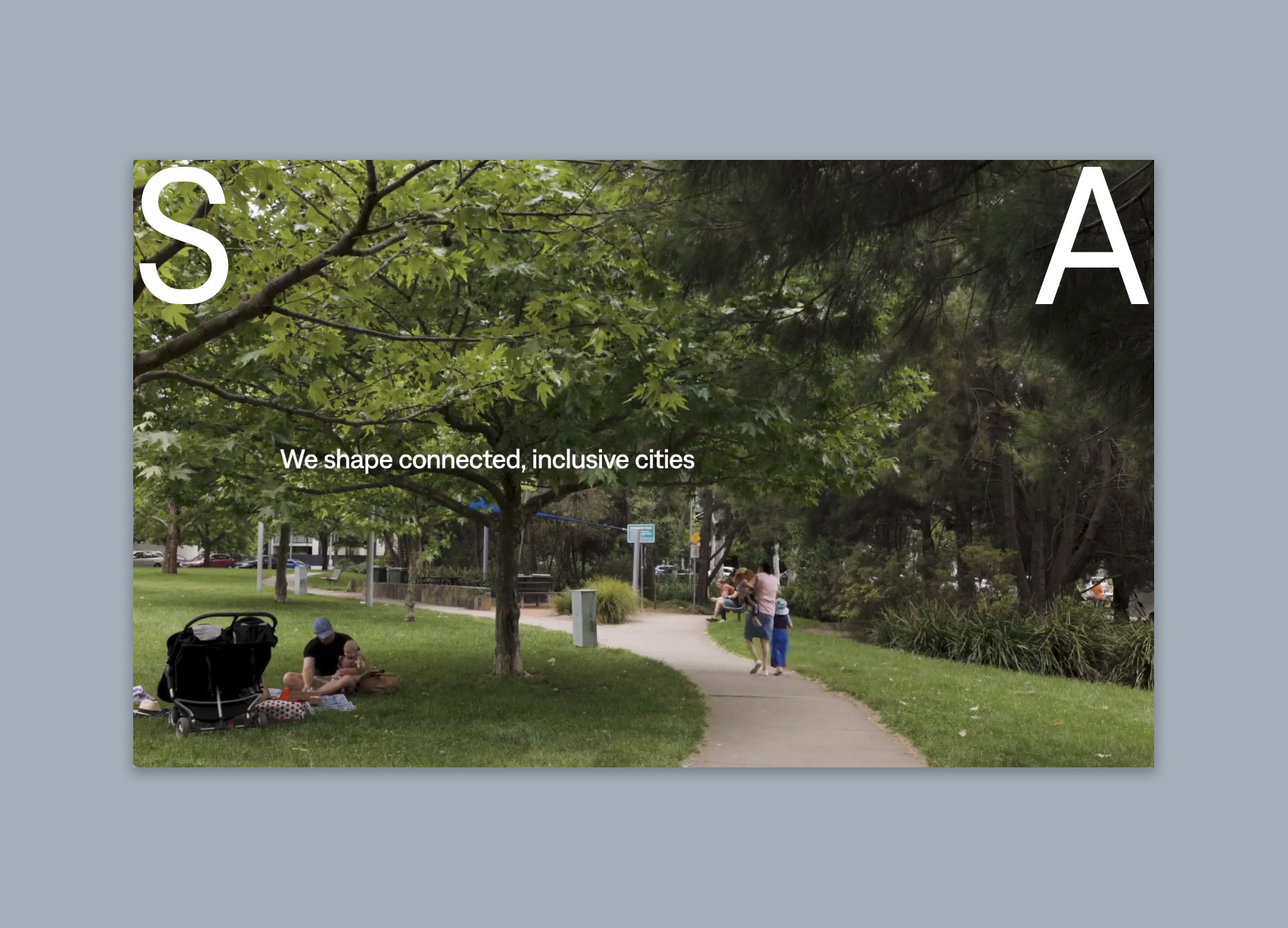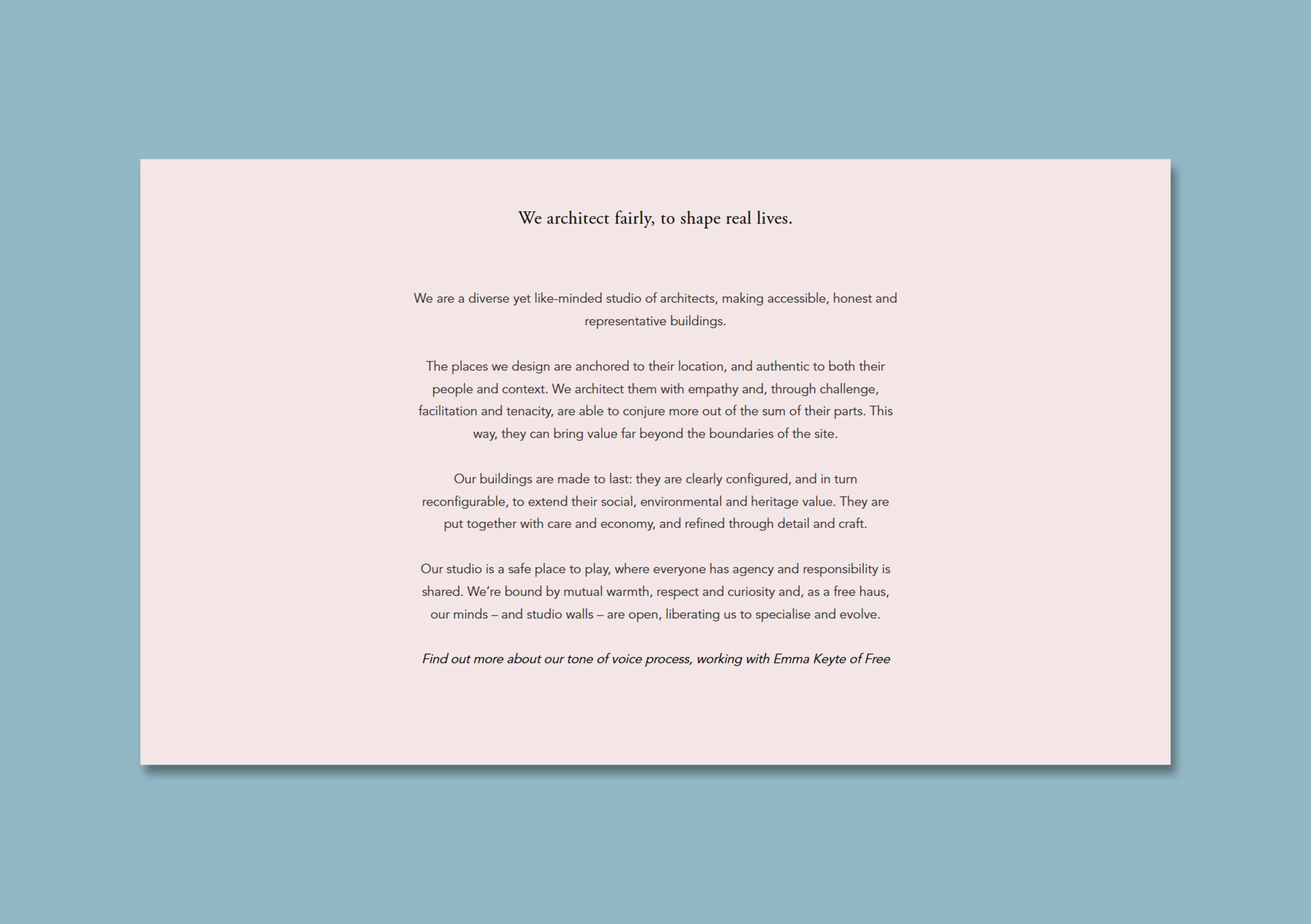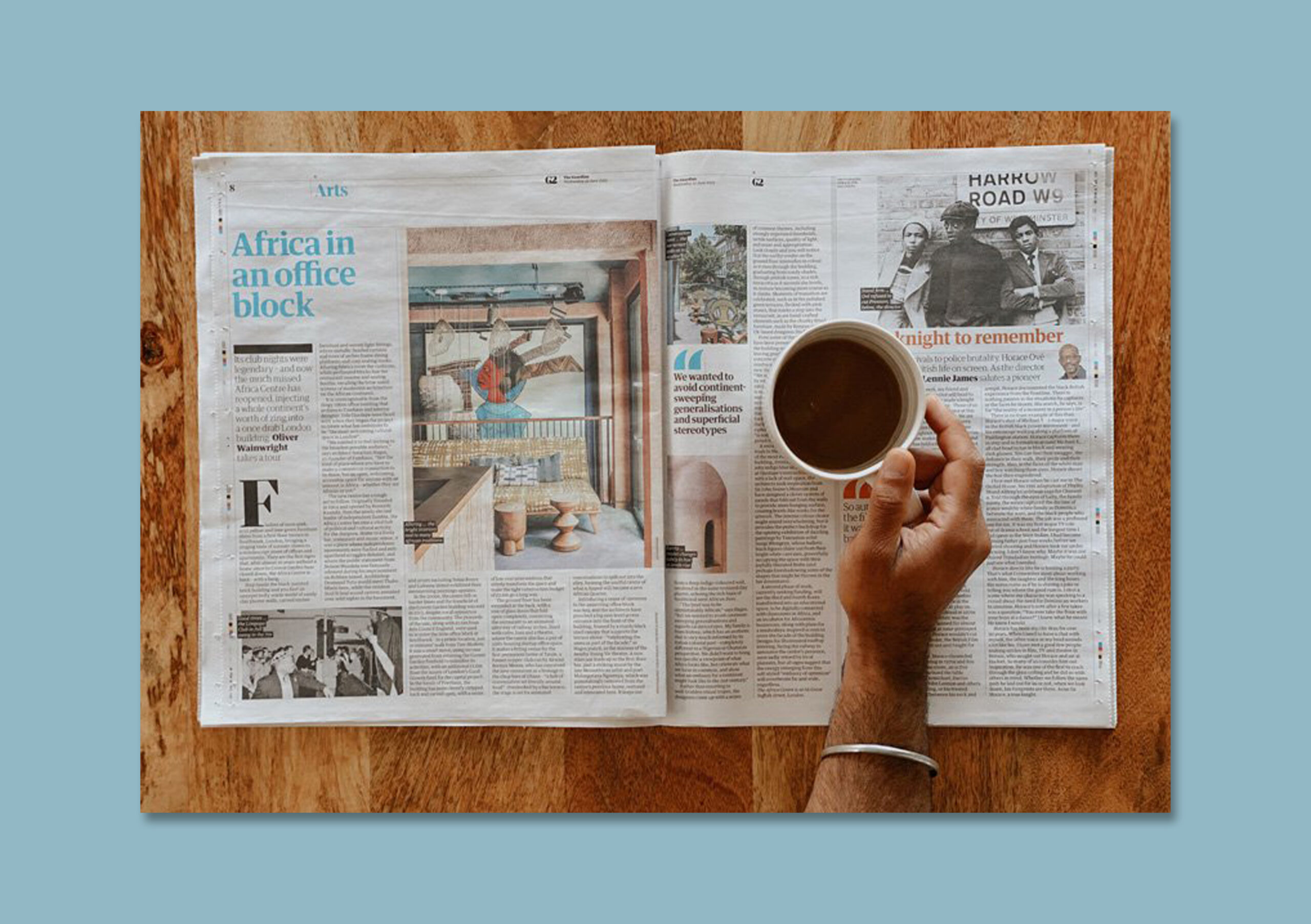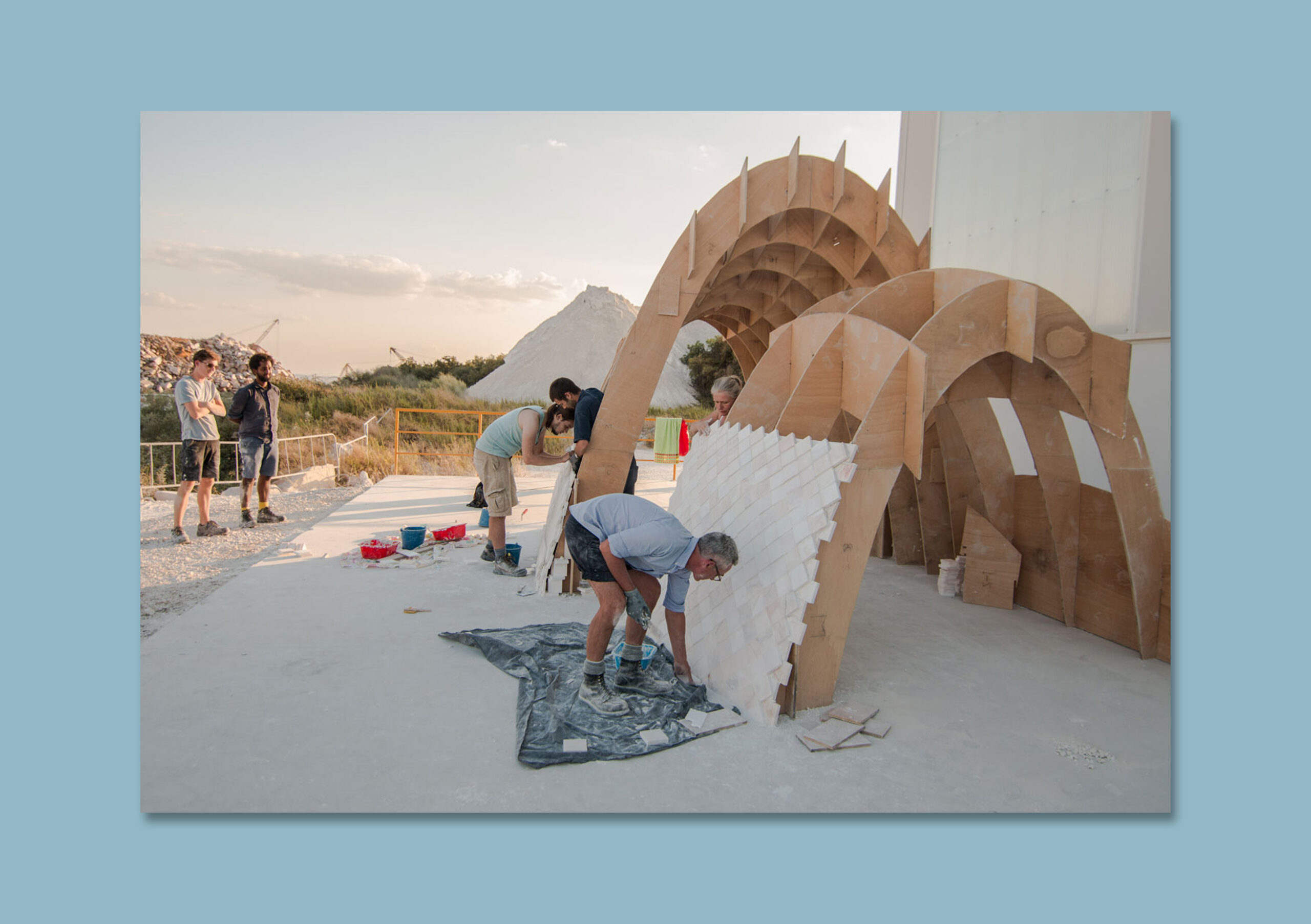01
Cloudfielding [Cloudfields]
02
A concertina partnership [Whittaker Parsons]
03
Always happy [Haptic ]
04
Power of five [Allford Hall Monaghan Morris]
05
People-centred, precision-made [Sheppard Robson]
06
A book without fuss or fog [Nordic]
07
An adventure better done in company [Morris+Company]
08
Gibson Thornley are good [Gibson Thornley]
09
Garage to national [Stewart Architecture]
10
We architect fairly [Freehaus]
Clients and collaborators
Allford Hall Monaghan Morris
Architecture PLB
AreBe
Ash Sakula
Atomik
BOB Design
BuckleyGrayYeoman
Buro Four
Cadogan
Child Graddon Lewis
Circus
Cloudfields
Curl La Tourelle Head
Daykin Marshall Studio
DBR
Denizen Works
Elliott Wood
Farrells
Fletcher Priest
Flower Michelin
Freehaus
Gibson Thornley Architects
Gillespies
Gort Scott
Haptic
Keystone London
LTS Architects
John McAslan + Partners
Mace
MCW Architects
Morris+Company
Mulroy
Nex-
Nordic
Opera
Orms
Piercy&Company
Rock Townsend
Sheppard Robson
Shoreditch Arts Club
Stewart Architecture
Stiff+Trevillion
Studio Octopi
Systems Studio
TateHindle
Vine
Whittaker Parsons
WilkinsonEyre
10 Design
Project archive
| Year | Client | Project | Type |
|---|---|---|---|
| 2024 | Cloudfields | Cloudfielding | Copy, messaging |
| 2024 | London Festival of Architecture | Be the change | Event |
| 2024 | Gillespies | Human element | Messaging, website |
| 2024 | Whittaker Parsons | A concertina partnership | Website |
| 2024 | London Swiss Medical | Explaining endocrinology | Website |
| 2023 | Cloudfields | Understories | Podcast |
| 2023 | Gibson Thornley | Gibson Thornley are good | Messaging, strategy, website |
| 2023 | HTA Design | Website feasibility | Copy |
| 2023 | KKS Savills | Shaping change, together | Messaging, strategy |
| 2023 | London Festival of Architecture | Glue | Event, podcast, research |
| 2023 | Pertex | Not made of sugar | Messaging, strategy |
| 2023 | RIBA | Guerrilla Tactics: Agile Practice | Talk |
| 2023 | Stewart Architecture | Liberated space | Messaging, strategy, website |
| 2023 | Stiff+Trevillion | Seventy-five words | Website |
| 2023 | Studio Octopi | Written in water | Messaging, website |
| 2023 | Toast TV | Emotive edge | Messaging, strategy |
| 2022 | Dohur | Living tradition | Messaging, website |
| 2022 | Flower Michelin | Architecture begins at home | Messaging, strategy |
| 2022 | Free | The Black Path II | Research, tour |
| 2022 | Freehaus | We architect fairly | Messaging, strategy |
| 2022 | Gort Scott | Architecture is a live project | Messaging, strategy |
| 2022 | Haptic | Always happy | Messaging, website |
| 2022 | Nordic | A book without fuss or fog | Book |
| 2022 | Sheppard Robson | People-centred, precision-made | Messaging, strategy, website |
| 2022 | Shoreditch Arts Club | Mission for ideas | Messaging |
| 2022 | Studio Reed | A portfolio, sideways | Messaging, strategy |
| 2022 | Systems Studio | Good design makes great change | Messaging, strategy |
| 2022 | TateHindle | Design custodians | Messaging, strategy, website |
| 2022 | Tschuggen | Making Mountains | Book |
| 2021 | Allford Hall Monaghan Morris | The Post Building | Book |
| 2021 | Keystone London | Under a London sky | Messaging, strategy |
| 2021 | Piercy&Company | Into the design house | Messaging |
| 2021 | Vine | Live and last | Messaging, strategy, website |
| 2020 | Allford Hall Monaghan Morris | Chronicle | Book |
| 2020 | Atomik | Specialist non-specialists | Messaging, strategy, website |
| 2020 | Buckley Gray Yeoman | Agents of opportunity | Messaging, strategy, website |
| 2020 | Curl La Tourelle Head | We love constraints | Book, website |
| 2020 | Morris+Company | The biggest social experiment in history | Copy |
| 2019 | Allford Hall Monaghan Morris | University of Amsterdam | Book |
| 2019 | Allford Hall Monaghan Morris | The Founders' Statement | Book |
| 2019 | Allford Hall Monaghan Morris | FifthMan 025 | Website |
| 2019 | Daykin Marshall Studio | Everything is connected | Messaging, strategy, website |
| 2019 | Haptic | The Haptic Way | Book |
| 2019 | London Festival of Architecture | Boundary-kucha | Event, research |
| 2019 | Morris+Company | Beat and jazz | Book |
| 2019 | RIBA Journal | The evolution of practice | Article |
| 2018 | Allford Hall Monaghan Morris | Collected volumes | Book |
| 2018 | Elliott Wood | No ordinary engineers | Messaging, website |
| 2018 | London Festival of Architecture | Identi-kucha | Event, research |
| 2018 | Morris+Company | An adventure better done in company | Messaging, strategy, website |
| 2018 | Stiff+Trevillion | George House | Book |
| 2017 | Allford Hall Monaghan Morris | A Promise of Living | Book |
| 2017 | Allford Hall Monaghan Morris | New Scotland Yard | Book |
| 2017 | Allford Hall Monaghan Morris | White Collar Factory | Book |
| 2017 | Opera | A different name… | Messaging, strategy |
| 2015 | Allford Hall Monaghan Morris | Power of five | Book |
| 2015 | Allford Hall Monaghan Morris | Extra Ordinary | Book |
| 2015 | Architecture plb | Intelligent hands | Messaging, strategy, website |
| 2015 | Atomik | Twelve ideas | Messaging, strategy, website |
| 2015 | Buro Four | Thirty for thirty | Copy |
| 2015 | Orms | The red thread | Strategy |
| 2015 | Rock Townsend | Rock pools | Messaging, strategy |
| 2014 | Daykin Marshall Studio | La Tour Maison | Strategy |
| 2014 | MCW | A difficult second album | Messaging, strategy, website |
| 2014 | WilkinsonEyre | Works | Book |
| 2014 | WilkinsonEyre | Making the Weston Library | Book |
| 2013 | TAP | The Sheiling | Strategy |
| 2013 | WilkinsonEyre | Supernature | Book |
| 2012 | Orms | Tired of life | Copy |
| 2011 | WilkinsonEyre | Tectonics | Book |
| 2008 | WilkinsonEyre | Anything but grey | Exhibition |
| 2007 | WilkinsonEyre | Exploring Boundaries | Book |
| 2006 | London Festival of Architecture | St Bartholomew Fair | Event |
| 2004 | WilkinsonEyre | Reflections | Exhibition |
